For Stray Dog Classics’ founder Darren Lilien, a molotov cocktail of nostalgia and boredom unexpectedly exploded into a thriving business modifying, backdating, and optimizing vintage Range Rover Classics for clients around the world.
For Lilien, what began a few years ago with the innocent pursuit of the perfect “practical, impractical classic car” to assuage the boredom of driving modern luxury SUVs (and the odd mid-life crisis flair-up) has blossomed into a full-time job and a proper love affair with the Euro-spec variant of the Range Rover Classic. After resigning himself to the reality that the dream car of his childhood, a late ‘80s Porsche 911, wouldn’t work as his sole, street-parked daily driver in Brooklyn, Lilien’s gaze landed on a more rugged, reliable, and functional vintage daily: The European-spec Range Rover Classics manufactured between 1970 and 1995.
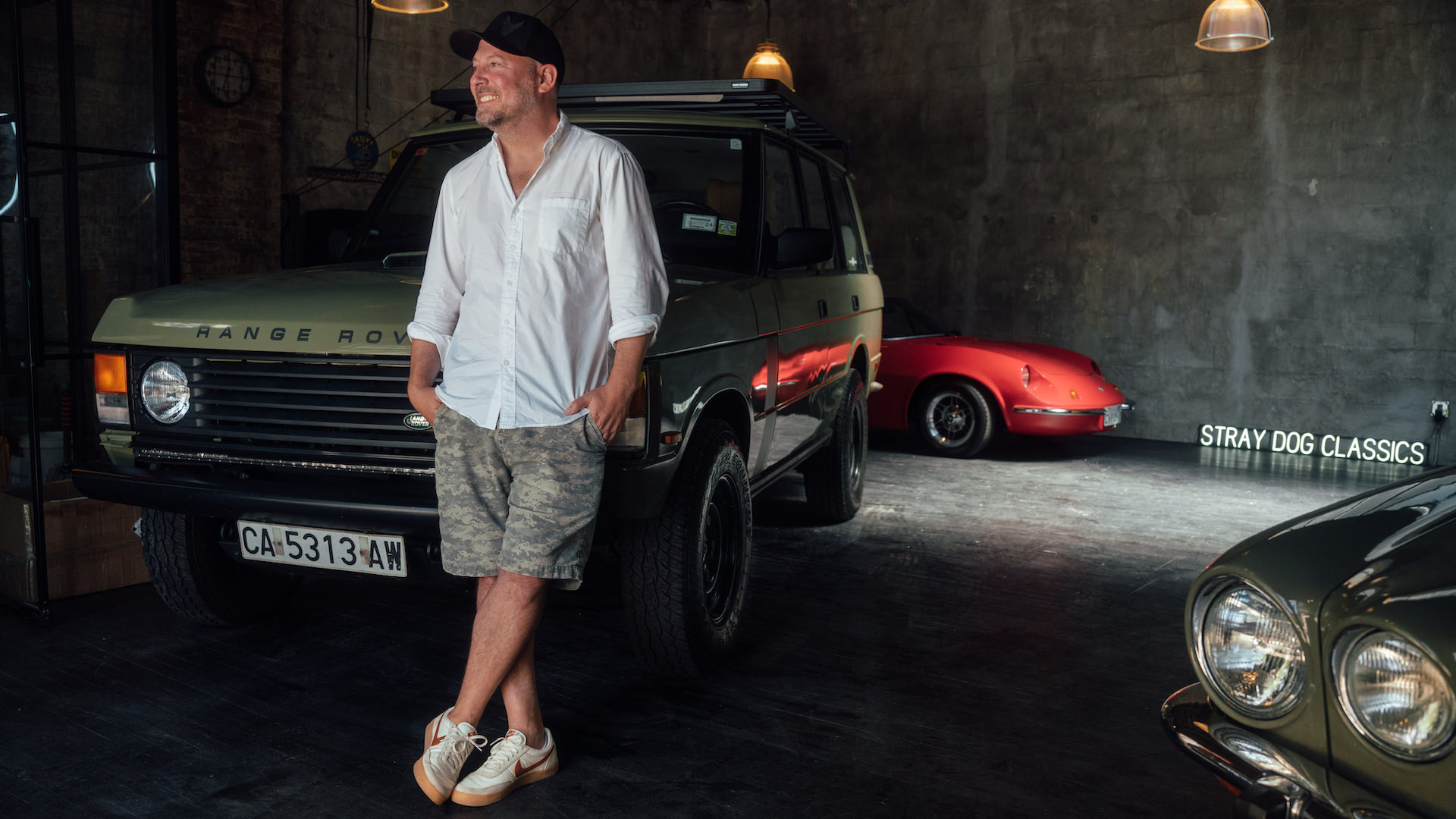
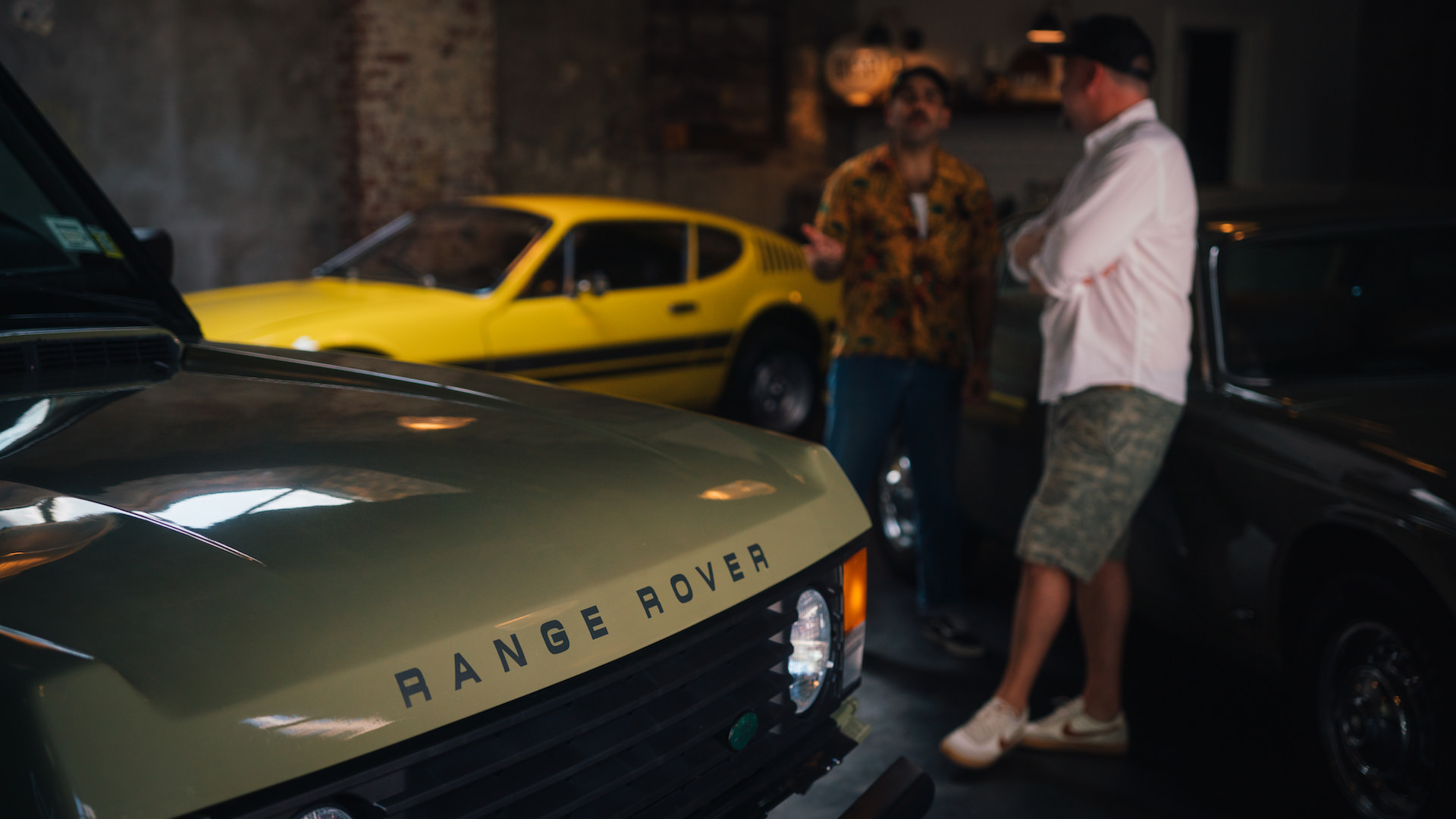
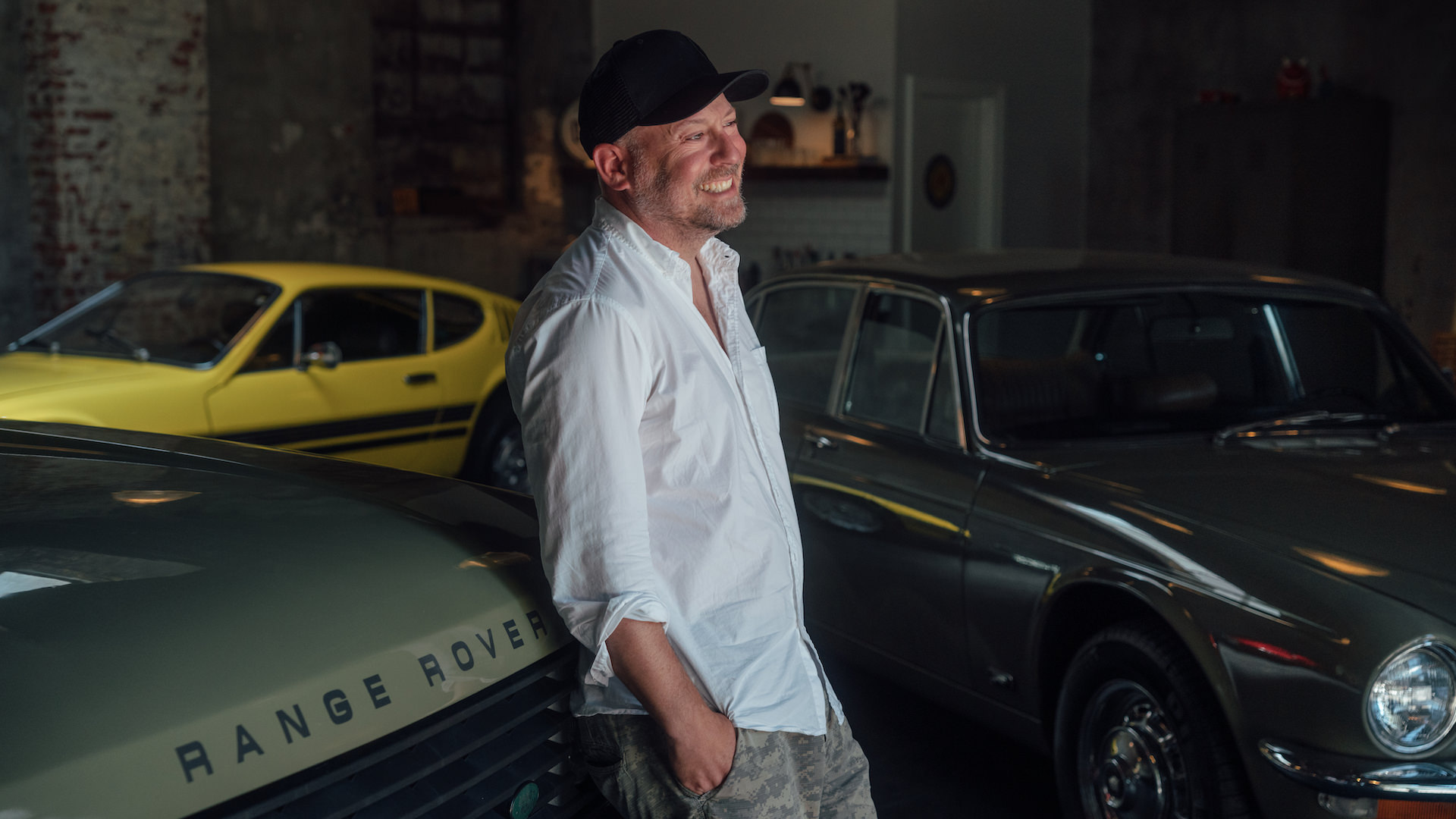
While it might not be immediately apparent to the casual car enthusiast, this iconic British truck shares a remarkable number of similarities with the 911. Most notably, both have had form factors that went fundamentally unchanged for incredibly long stretches of time, making them ideal candidates for “backdating” or modifying a newer example to look like an older one. Consider the ultra-upscale restomods that Singer Porsche creates as the prime example of a backdated restomod. Both the 911 and the Range Rover are easily customized and honed to an individual’s taste, and while the Range Rover could provide Lilien with the functionality of a family man’s daily and be used year-round in NYC, the European examples featured robust and torque-y turbo diesel engines, manual transmissions, and were pleasant and reliable cars to own. Lilien – who was already well-versed in the business of importing and exporting things from his many years in the eyewear business – found not only were these trucks plentiful in Spain, but because of the region’s arid climate, most examples were incredibly well-preserved and rust-free, making them the ideal canvas for his vision of the ideal refurbished and tweaked Rover.
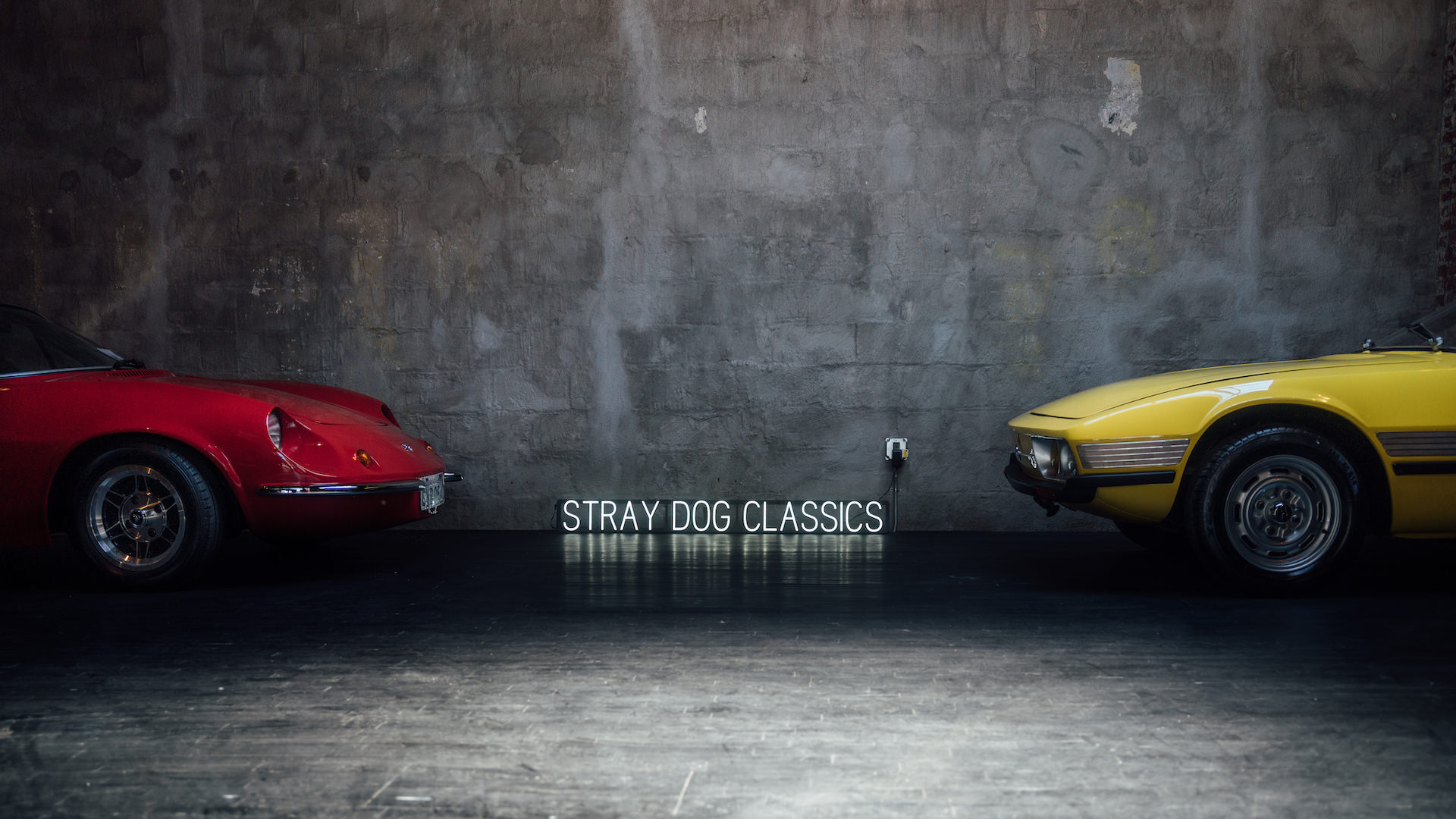
Lilien still daily drives and loves the original Range Rover Classic build he tackled, a stunningly cool example that rides on tough-looking black “NATO” wheels, has a slight suspension lift, a beautifully retrofitted leather interior, and has been resprayed in a totally ‘70s and painfully British hue of khaki green paint (an archival color Lilien may or may not have lifted from another storied British auto manufacturer). That first build may have begun selfishly enough, but it defined Stray Dog Classics’ style and it caught enough attention on the road that Lilien decided to build and import a few more trucks – just to see what would happen. Thus, Stray Dog Classics was born.
That was two years ago and Stray Dog has since delivered or taken orders for around 50 trucks – all tailored to client spec, but within the Stray Dog idiom. They’re fully refurbished, modified tastefully to sport some of the best features the Range Rover Classic ever enjoyed, and they’re surprisingly affordable considering the asking price of most customized cars in 2022.
In the following interview, Lilien walks the Craft + Tailored Journal through Stray Dog Classics’ unexpected story, explains how he went from being a one-car guy in the eyewear business to owning an increasingly hot commodity in the Range Rover community, the odd routes he took in building what he humorously describes as “the world’s best shitty car collection” (which includes a lovely low-mileage 1974 Jaguar XJ12 and a killer pair of Brazilian-made sports coupes from the ‘70s) and why the Range Rover Classic is one of the most underrated vintage rides ever and a joy to own – especially being given the Stray Dog treatment.
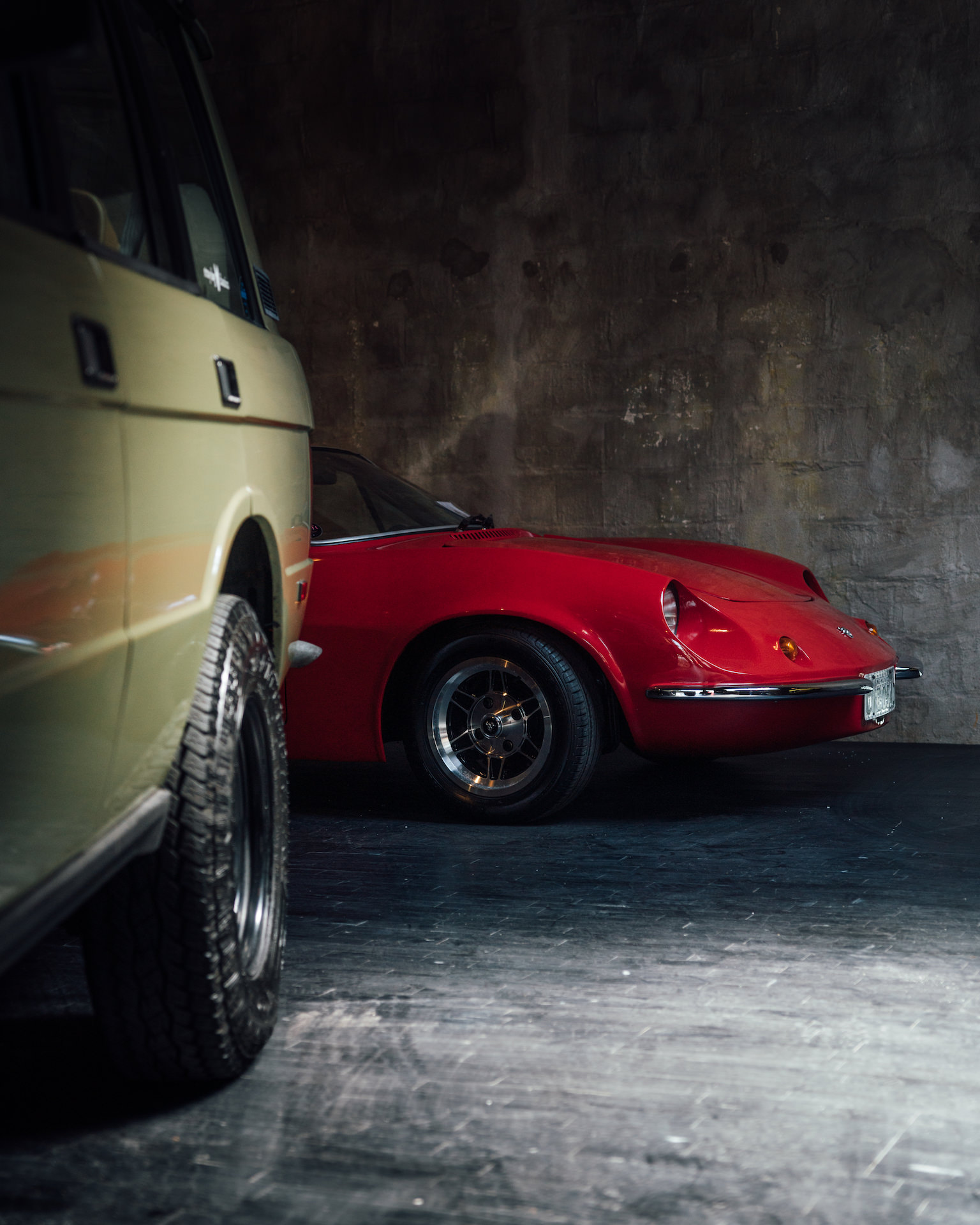
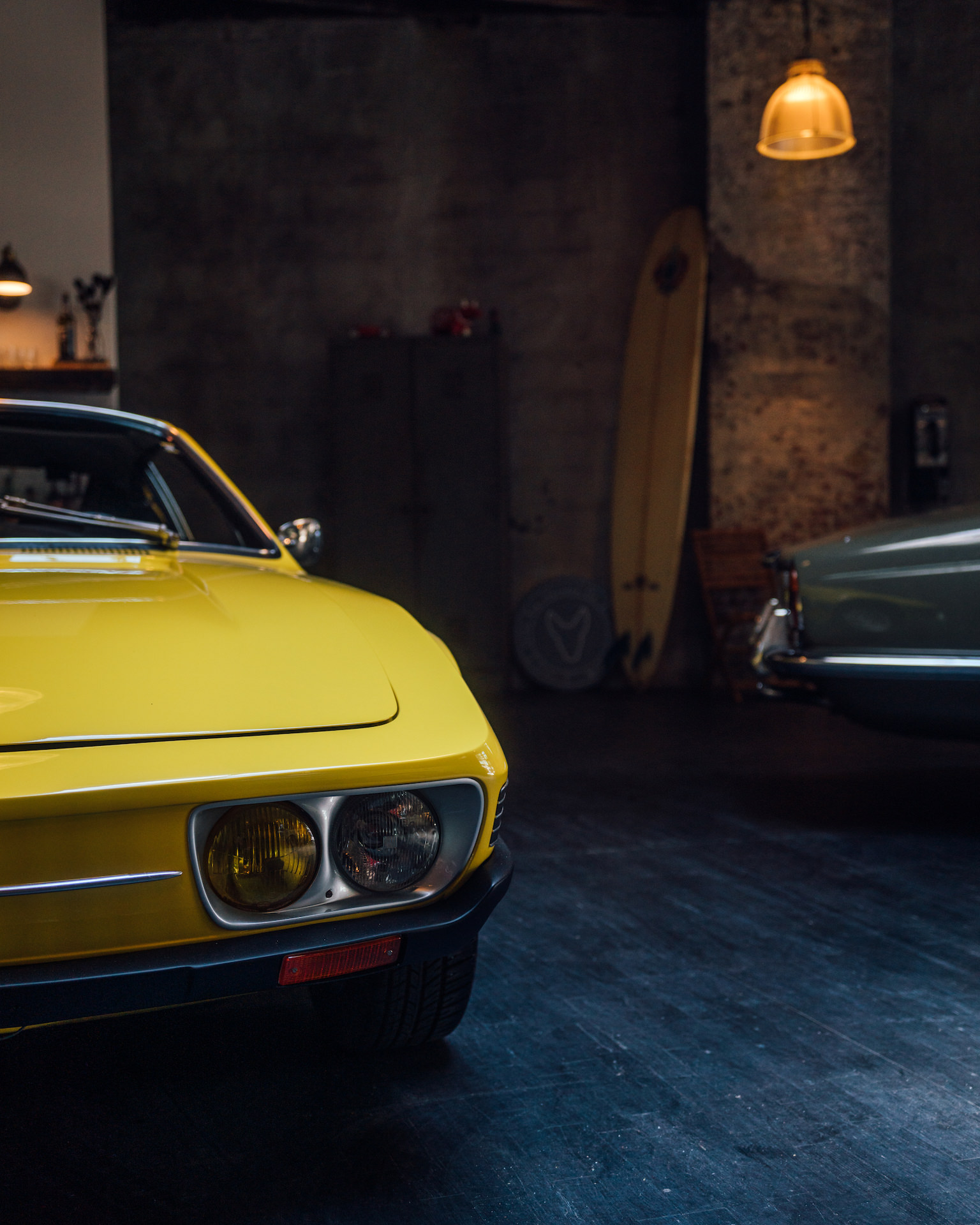
How did you get started backdating and modifying Range Rover Classics?
I’d been driving luxury SUVs and I just found them boring, but I have kids and a wife and a dog and I needed a practical vehicle, and I live in Brooklyn – so I couldn’t have multiple cars. My mid-life crisis happened around 2018 and I started looking at mid-’80s Porsche 911s because when I was 13, that was the coolest car ever. Between the price point of what I could afford in a vintage 911 at the time being lackluster and how impractical it would be as my only car, which had to be parked on the street, that ruled out one of those out pretty quickly. At some point in my search, I figured out that cars from Spain had little-to-no rust because of the arid climate and I had started looking at old Land Rover Santanas and Series trucks, but those are also pretty impractical as they’re basically tin cans with tractor engines. However, my interest in those led me to the Range Rover Classic – which I had started to see a lot of in Spain.
The Euro-market Range Rover Classics had diesel engines that are basically bullet proof and run forever, and they didn’t have any of the electronics or problematic things that went bad in the US version of the truck. They didn’t have power seats (which all failed in the US-spec trucks and are a fortune to fix) or the leaky sunroofs that would seize up on the US models, or the air suspensions that would fail. The other thing is the V8s that came in the US-spec trucks were prone to overheating and had other issues, so the Range Rover Classic had sort of a bad rep because of how bad the US models were, and the people who bought them new tended to end up junking them after things went wrong. So while the US-spec trucks were pretty bad, the models produced for the rest of the world were actually really good trucks!
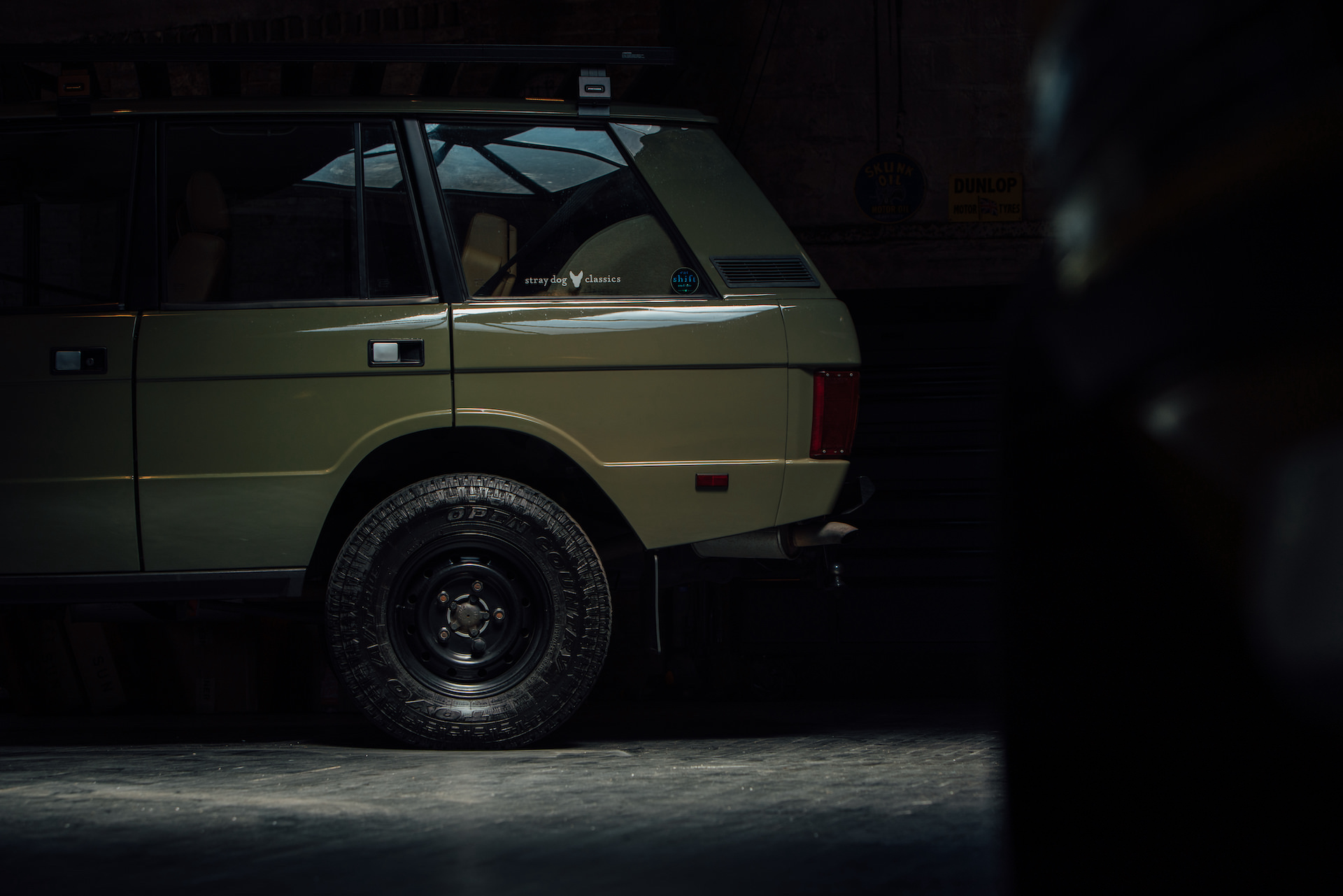
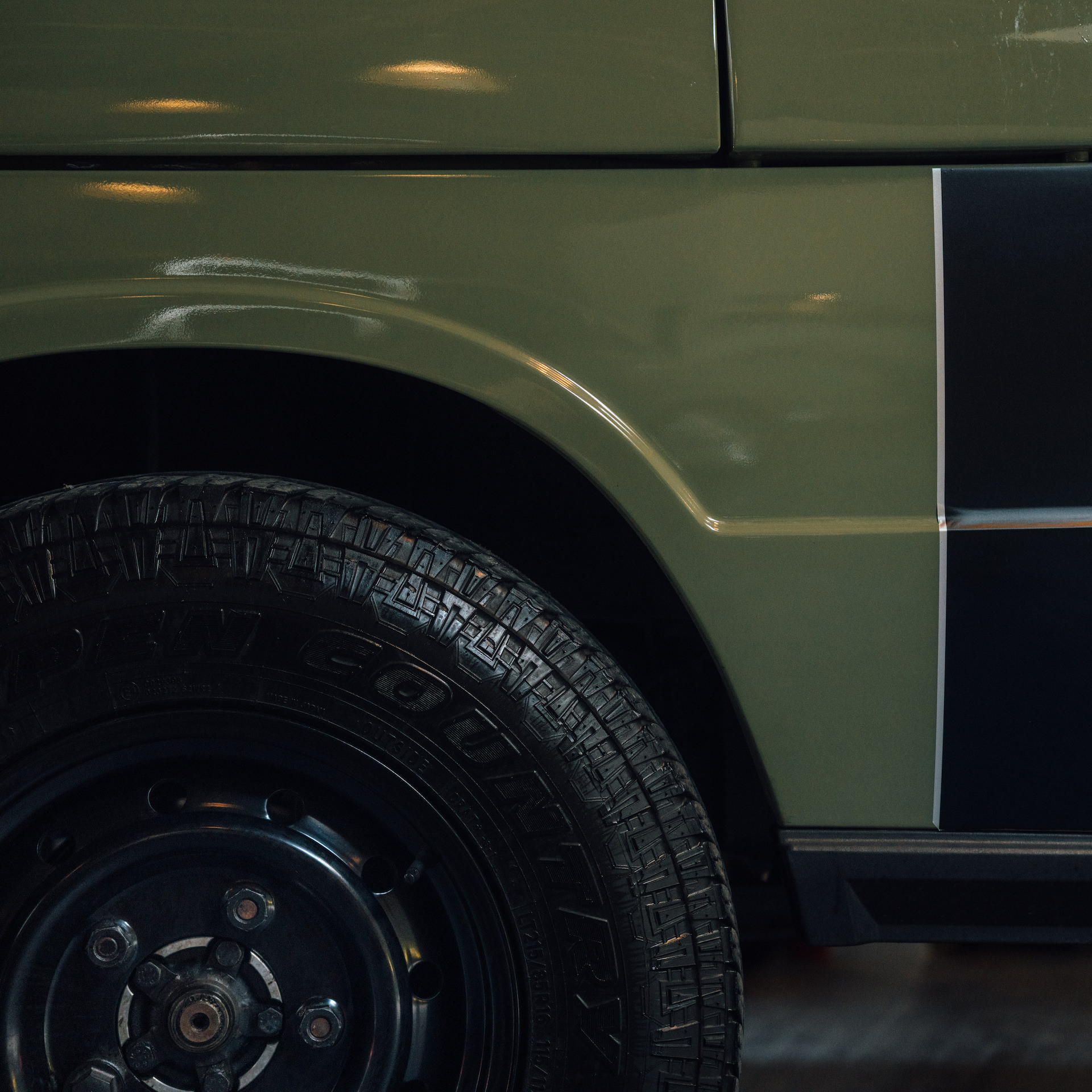
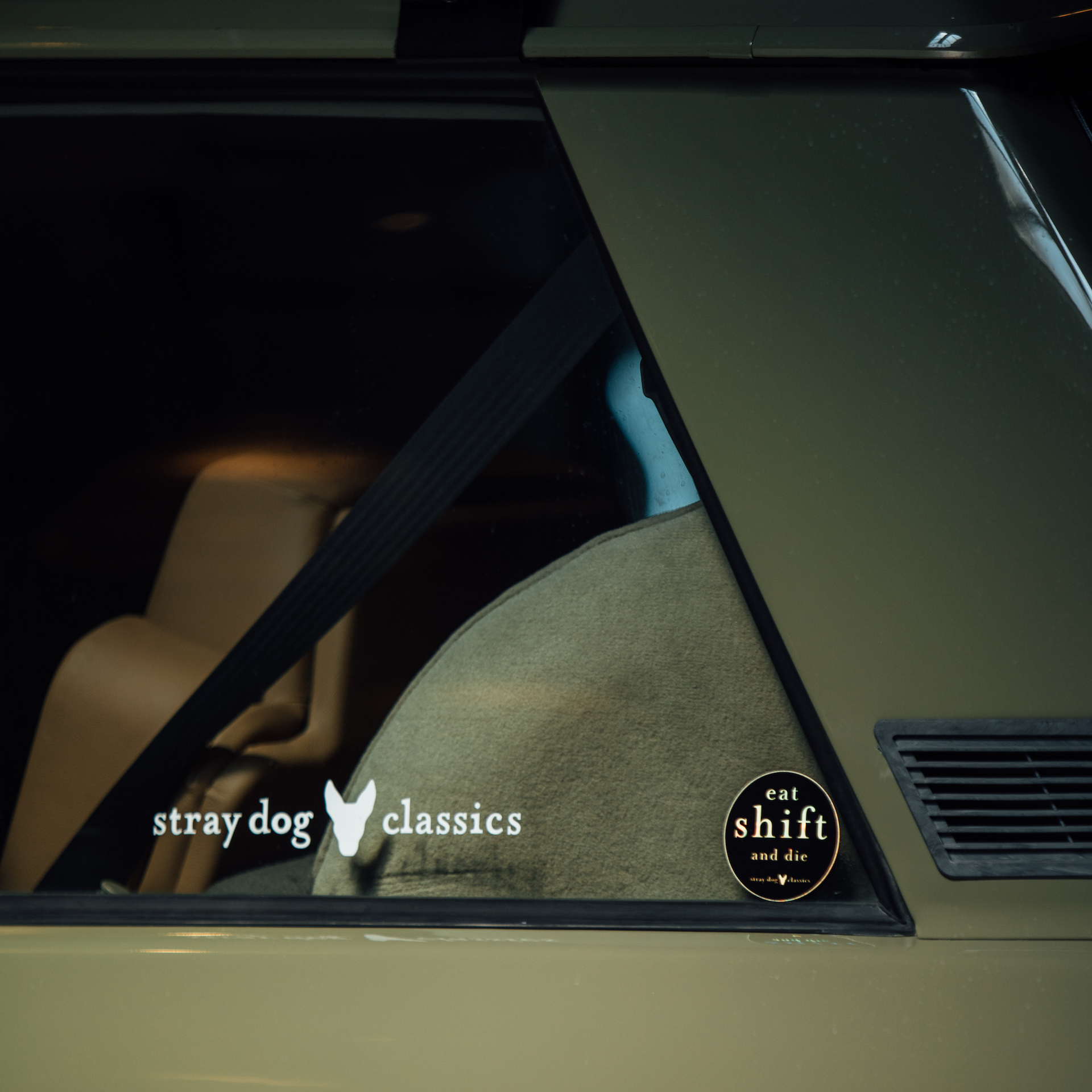
What I like about them is they’re boxy-looking, they have a manual transmission – so it feels like you’re really driving a vehicle. I wanted something that felt like I was operating a machine versus driving a couch around, which is what modern day luxury SUVs feel like. I had an Audi Q7 and there’s no difference to me between that and a Toyota Highlander; they all basically look and drive the same, have the same features, and you look like an Uber. And I know these aren’t real problems, but if you have the good fortune to pick what you drive, why drive something boring?
What I also liked about these Range Rovers is that because the shape was the same from 1970 to 1995, you could take a 1995 example and backdate it to look like it came from an earlier period without having to do a crazy amount of work. So you could bob the bumpers, you could put the NATO/steelie wheels on it, you could change the colors to ‘70s colors and it still works without looking like a hack job. You could pull all the rubber and plastic crap off of the car to make it look older if you wanted – which I prefer. Some people like the ‘90s trucks with all the rubber and plastic and want to keep them preserved ‘90s style and we’ve done that for customers, but to that point, this is all driven by nostalgia. When you have a car like the Range Rover Classic that had basically the same shape for 25 years, that means a really wide range of people are going to be nostalgic about these cars.
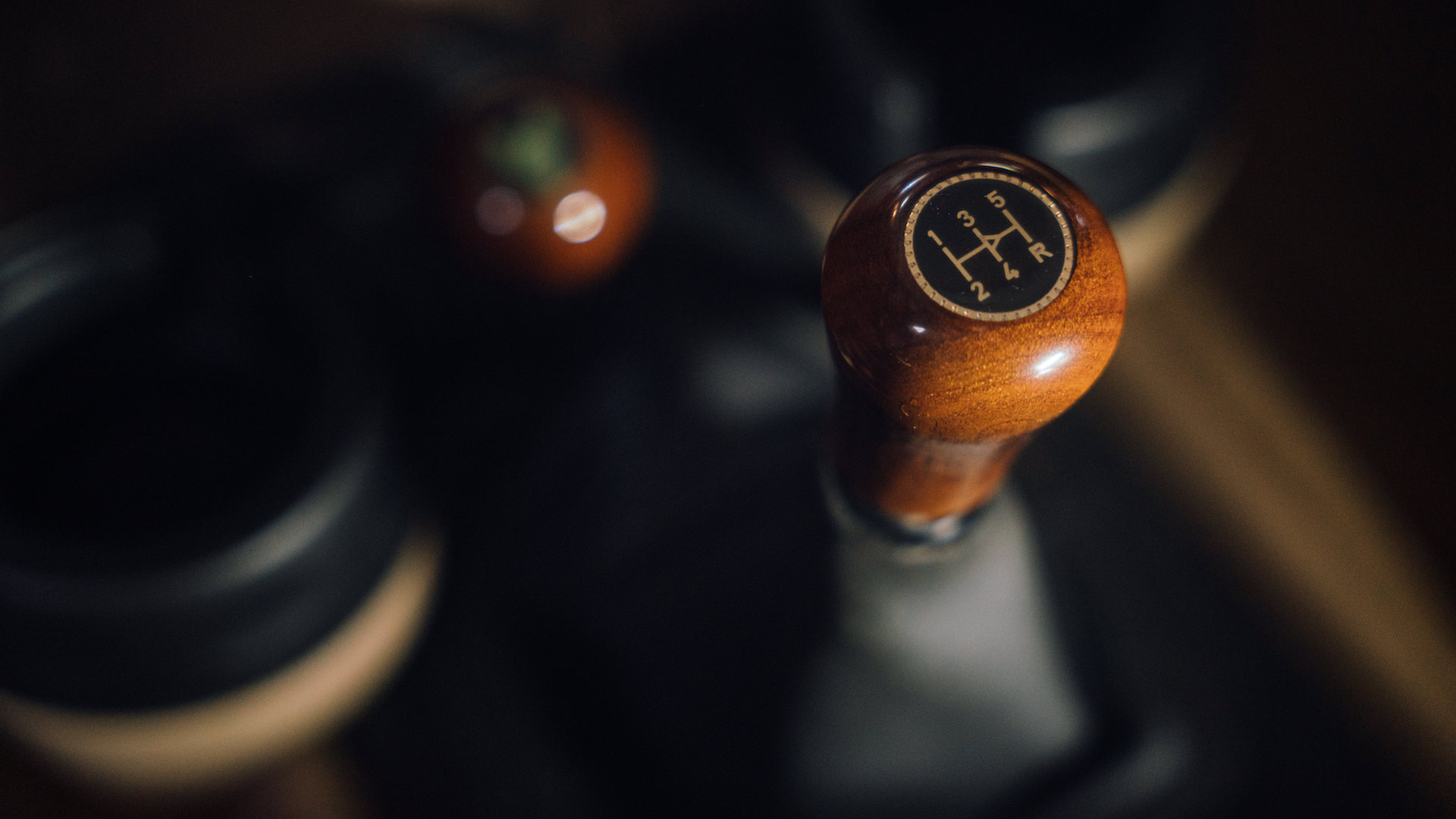

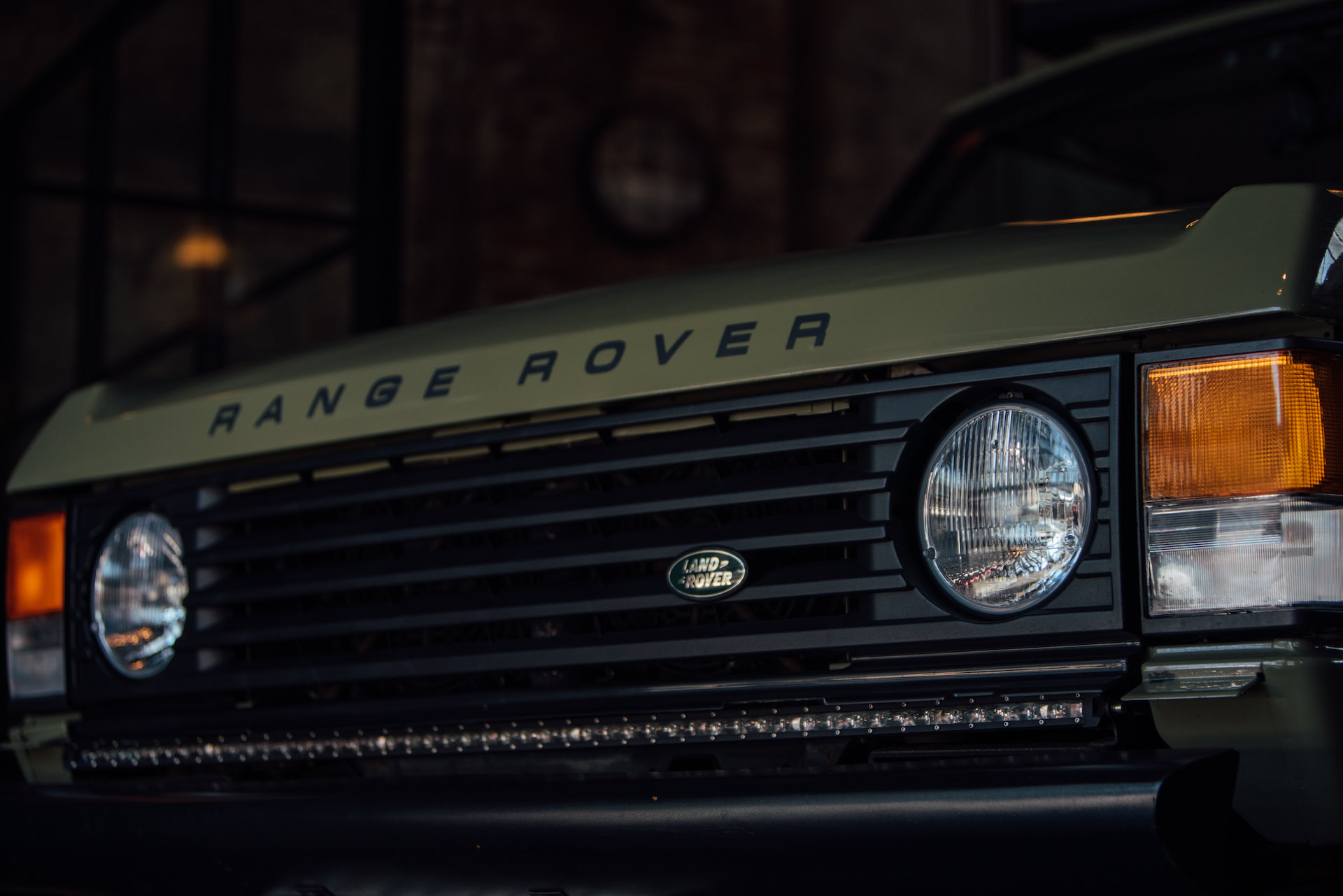
Porsche 911s might be the only other analog in the car world that’s had the same basic form factor for that long.
You’re absolutely right, and it opens up a window of nostalgia that’s huge! When I was 13, I loved the 1987 Porsche 911, but that same essential shape has been around since the ‘60s! Multiple generations fell in love with that shape.
What world did you come from before you got into modifying and refurbishing Range Rovers?
I had over 20 years of importing and distributing eyewear, so I already had a lot of skills with regard to importation and distribution. When it came to importing and dealing with customs and wiring money overseas, I was already accustomed to doing that stuff for the eyewear business anyway, so why not just apply those skills to something larger? I used to go to Italy for work a lot pre-COVID and on a trip home from Italy in 2019, I decided to go to Spain to check out some of these trucks and finally answer the questions “Can I really drive a 25 year old diesel, stick shift truck around Brooklyn as my car?” and “Can I coordinate getting this thing painted, mechanically worked on, and have the interior redone here? What would that process look like?” I liked it enough to bite the bullet.
I had no intention of starting this business, I really just wanted to make myself a truck. What I like about these trucks is they’re cool without being ostentatious or pretentious despite being a custom truck. It doesn’t scream like some ridiculously expensive custom car and I never wanted to attract that much attention with it – I simply liked the way the truck looked. My first one that’s still my daily driver got a certain amount of attention and I had people asking how they could get one, or for my help getting one, or offering to buy mine from me in the streets of Montauk. It was unexpected and crazy.
So during early COVID, when everything went nuts, I decided I was going to make five of them. I was just going to import them and sell them – just to see. Just five done in a way I thought looked cool. I started the Instagram account and it got some traction and the first two trucks pre-sold before they were finished. So for the next three, I let people choose their colors and worked with them on the interior options and it became more interactive. From there, it just kept going!
What we do is a custom build, but we’re not going to do just anything you want to do; we have a vibe and we’re trying to do a specific thing with these builds. We’re also trying to keep it at a specific price point, and you have options within all that. A lot of these trucks are redone from the ground up, but we’re not going to put a 10” lift on it or throw lights on the roof or anything over-the-top like that.

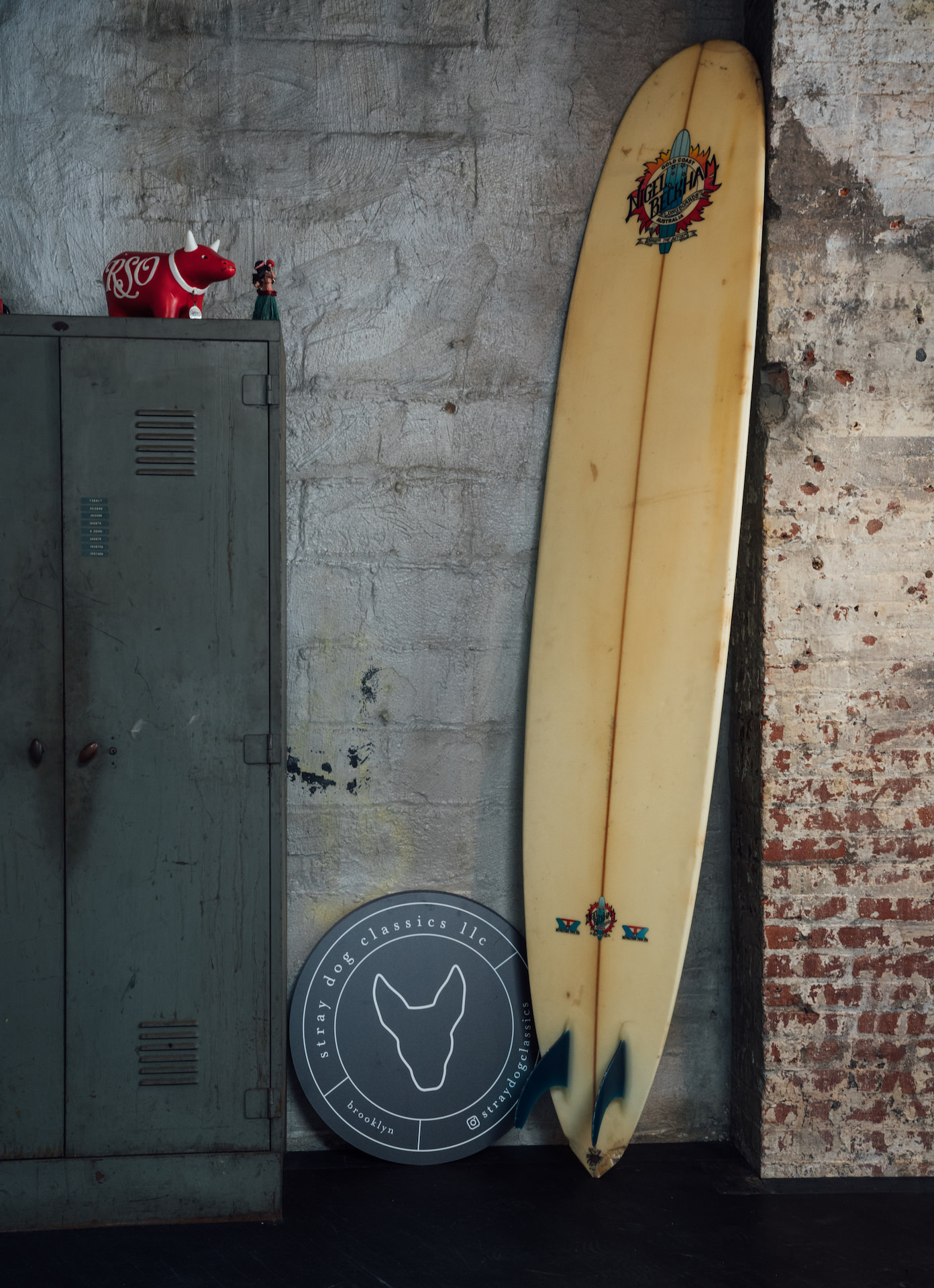
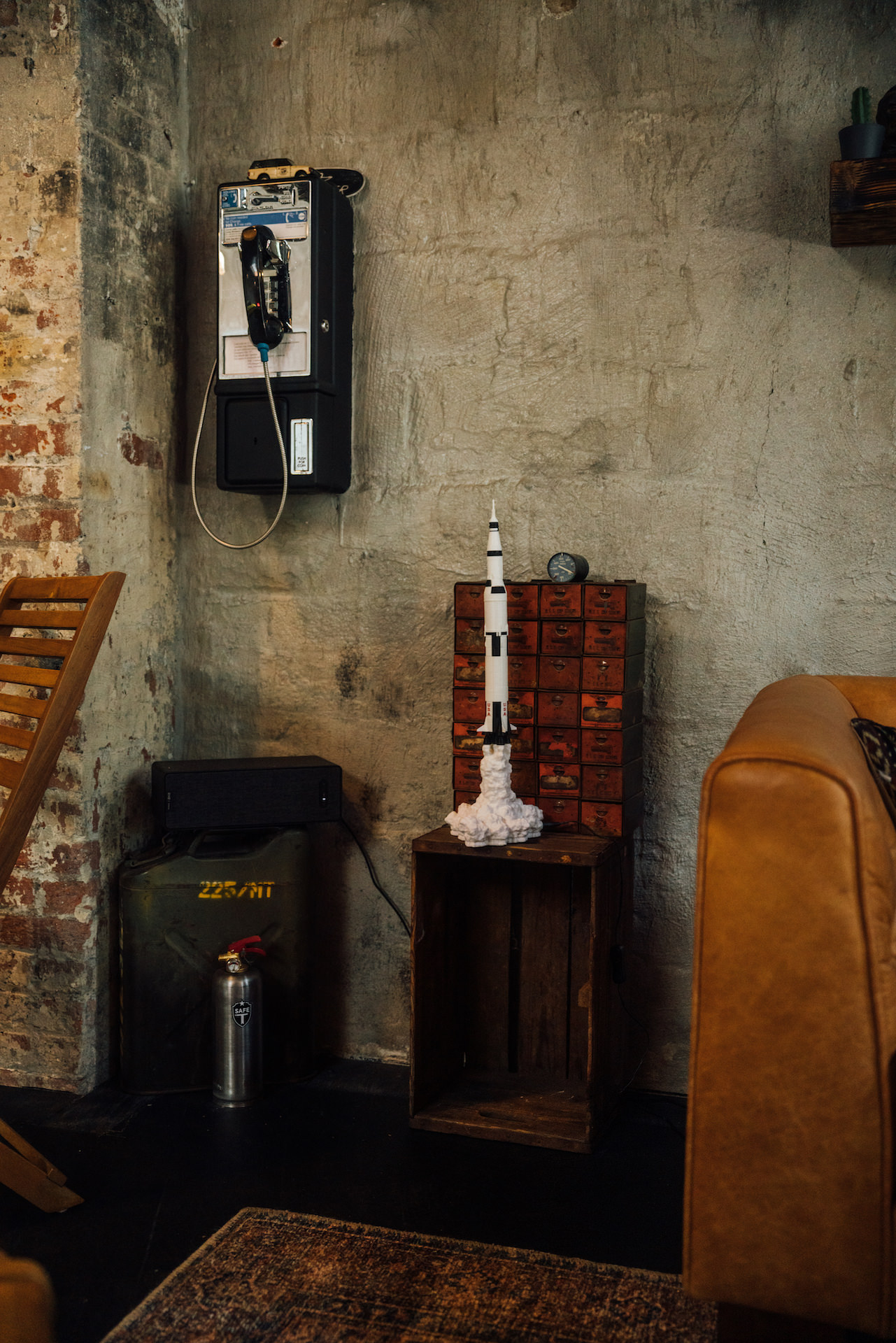
So the builds are being done in Spain?
I would say 95% of the builds are finished in Spain and then there’s that last 5% we do here, like putting our own custom knobs and shift levers in and we do the sound systems in NYC with a modern high-end audio system with a retractable touchscreen display that has CarPlay and satellite radio and a reverse camera. So you get a lot of modern conveniences and the music sounds good – which is important to me.
What we do makes these trucks their best without losing what’s already great about them, I think. We’re not dropping Corvette engines in them or anything like that, but you don’t have to. I’m not poo-pooing that kind of thing – but that’s just not what we do.
Did you find the Rover community welcoming from the start? It’s a passionate subculture like any classic car community, which can be intense.
Yes. I don’t know if it has to do with classic cars or Range Rovers in particular, but after having been in the eyewear business and having my own brand in that space, it’s been interesting to see how many more people just start following you on Instagram when they’re fanatical about something. There are far fewer eyewear fanatics than people that appreciate a classic car. We weren’t really doing much to try to get followers, it was very organic. Classic Driver wrote an article about us which obviously helped, but other than that, we just grew naturally on Instagram.
And I do like other cars and we’re called Stray Dog Classics, not Stray Dog Range Rover Classics. We have been focusing on the Range Rovers, but we just got into doing Land Rover Discoveries and finished our first 300 TDI build.
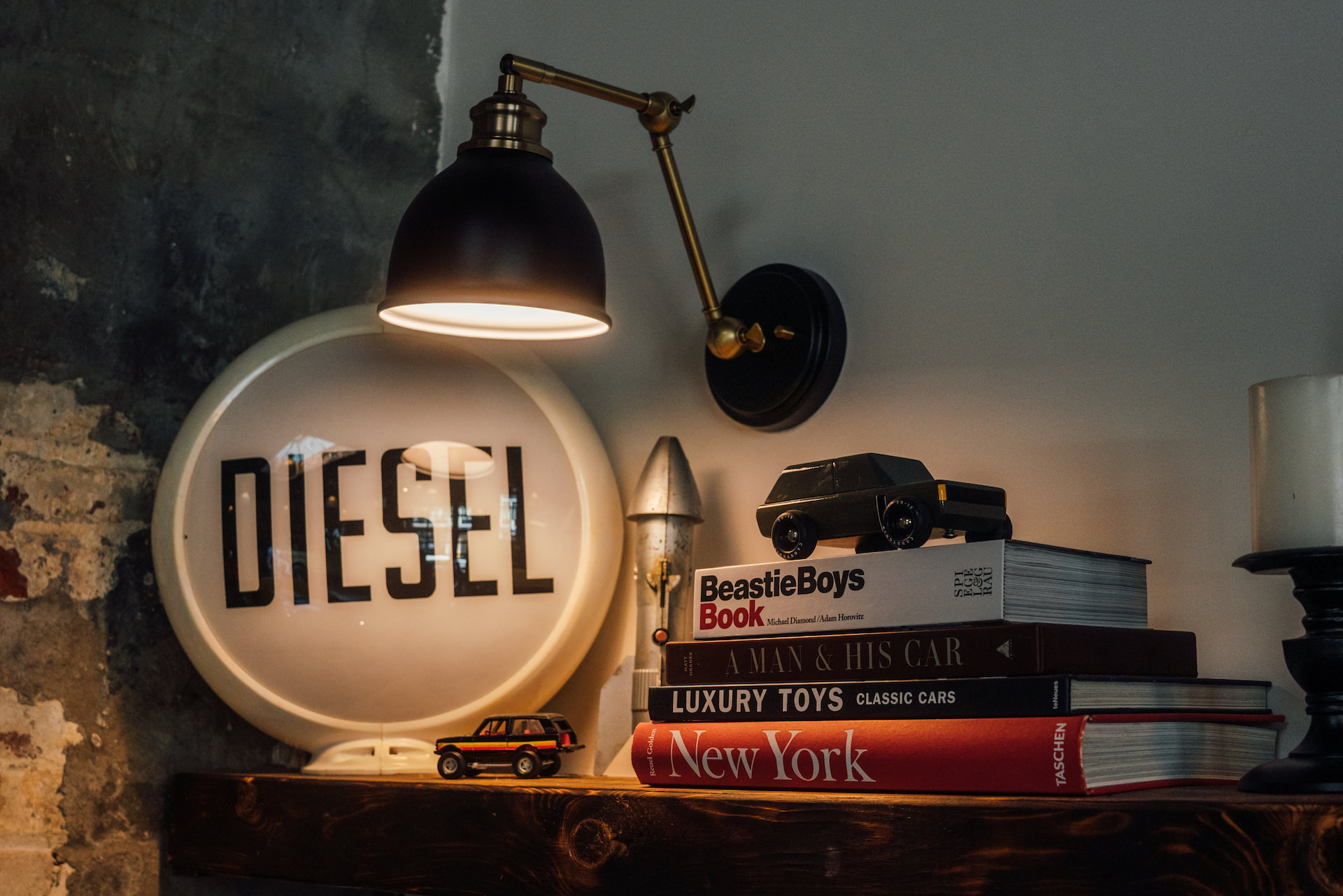
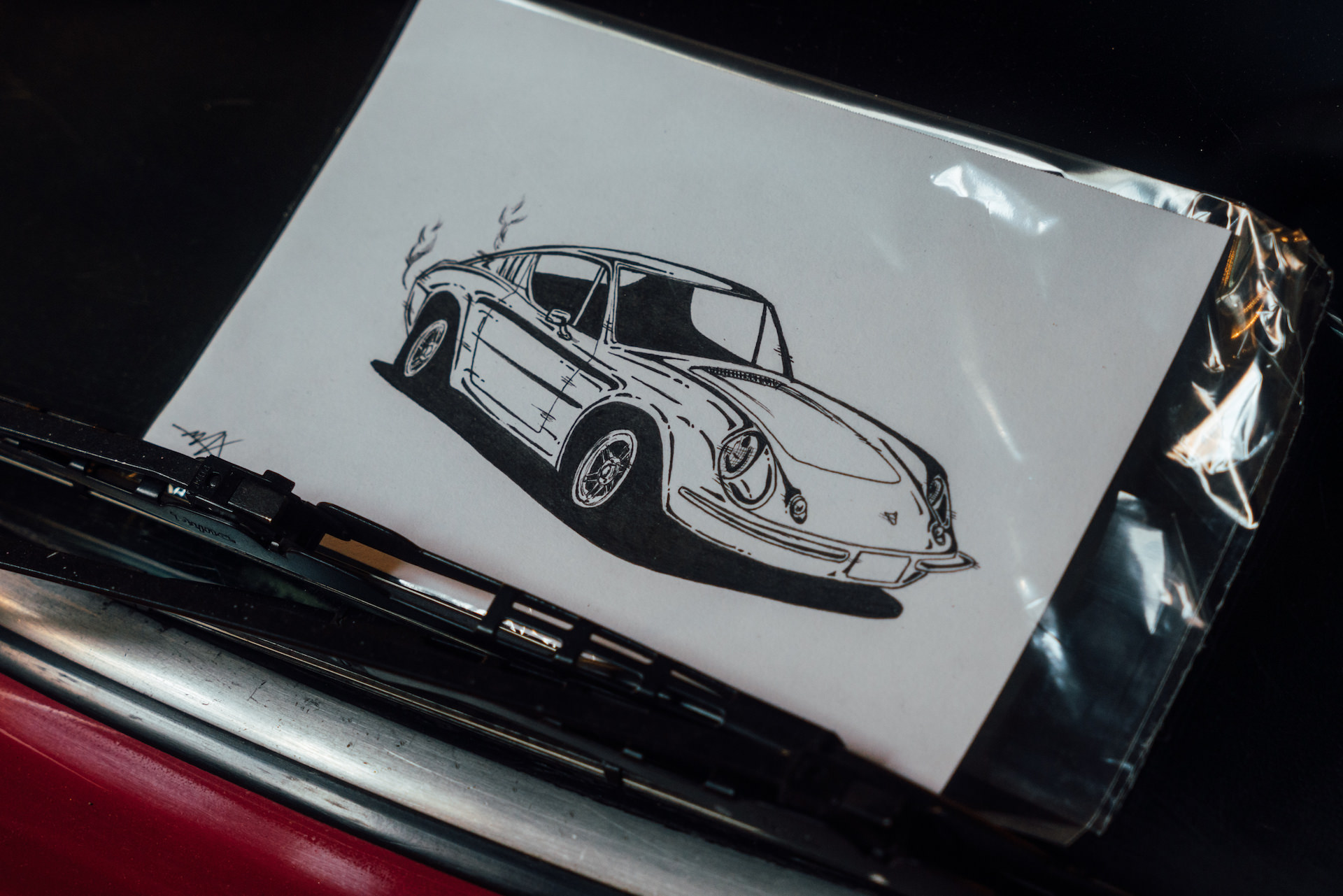
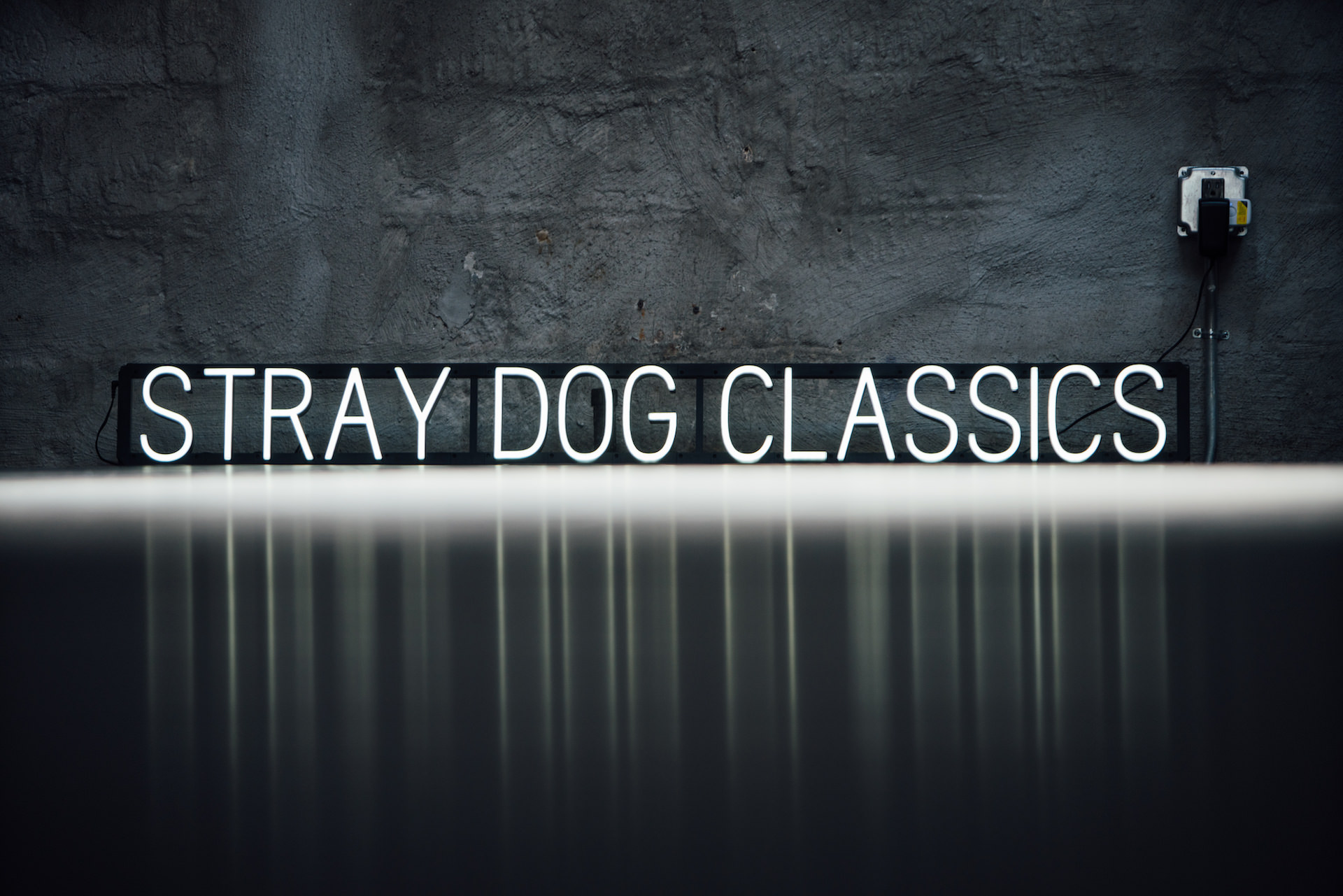
What modifications did you make to that first Range Rover Classic? What defines the Stray Dog Range Rover treatment?
From the ground up, these get new wheels and tires, a new suspension, and a little lift. We bob the bumpers to give ’em that retro look, do fresh paint in classic colors, all the body work gets gone through, and they get all new leather interiors that are slightly tweaked from the original designs. The trucks originally came with cloth interiors in Spain. They also get new headliners since those always fall down on the old ones.
We’re refurbishing and customizing them, but we make it very clear that we’re not doing a full restoration. There’s a difference between what we’re doing and a frame-off, nut and bolt restoration. The trucks do get to a point where a lot of it is disassembled and gone through before it gets built, but there are other guys in the Range/Land Rover space who are doing full restorations. Those guys essentially deliver a 2022-fresh version of a 1995 Range Rover, where they’ve torn everything down and rebuilt all of it and/or thrown in a Corvette V8, and it looks like it just rolled off the showroom floor in 1995. Those builds are very expensive – often over six figures – but our trucks are a third of that price. The truth is, these trucks don’t need a frame off nut and bolt restoration. The Spanish examples don’t have rust on them, and the engines are gone through, but are always mechanically sound when we get them initially. We test compression on all cylinders, we test turbo pressure, all fluids are flushed, all belts are changed. Anything that needs to be fixed or replaced is, but if there’s still plenty of life left in a part, we leave it be. The trucks we start with have been in service and well-maintained, they weren’t sitting and rotting and the thing about these trucks is if you maintain them properly, their TDI engines will do hundreds and hundreds of thousands of miles without issue.
Have you done any offroading with these builds?
I’ve driven mine on dirt trails in Montauk and I’ve driven it on the sand plenty, but I haven’t done any rugged off-roading with mine. You totally could, but that’s not where my interest in driving them lies honestly. For me, it’s about the daily driving experience and the look. I sold a truck to a guy in Seattle who’s constantly in the woods in his, and his family camps out of it – so they’re fully functional for that and we sell them to outdoorsmen often.
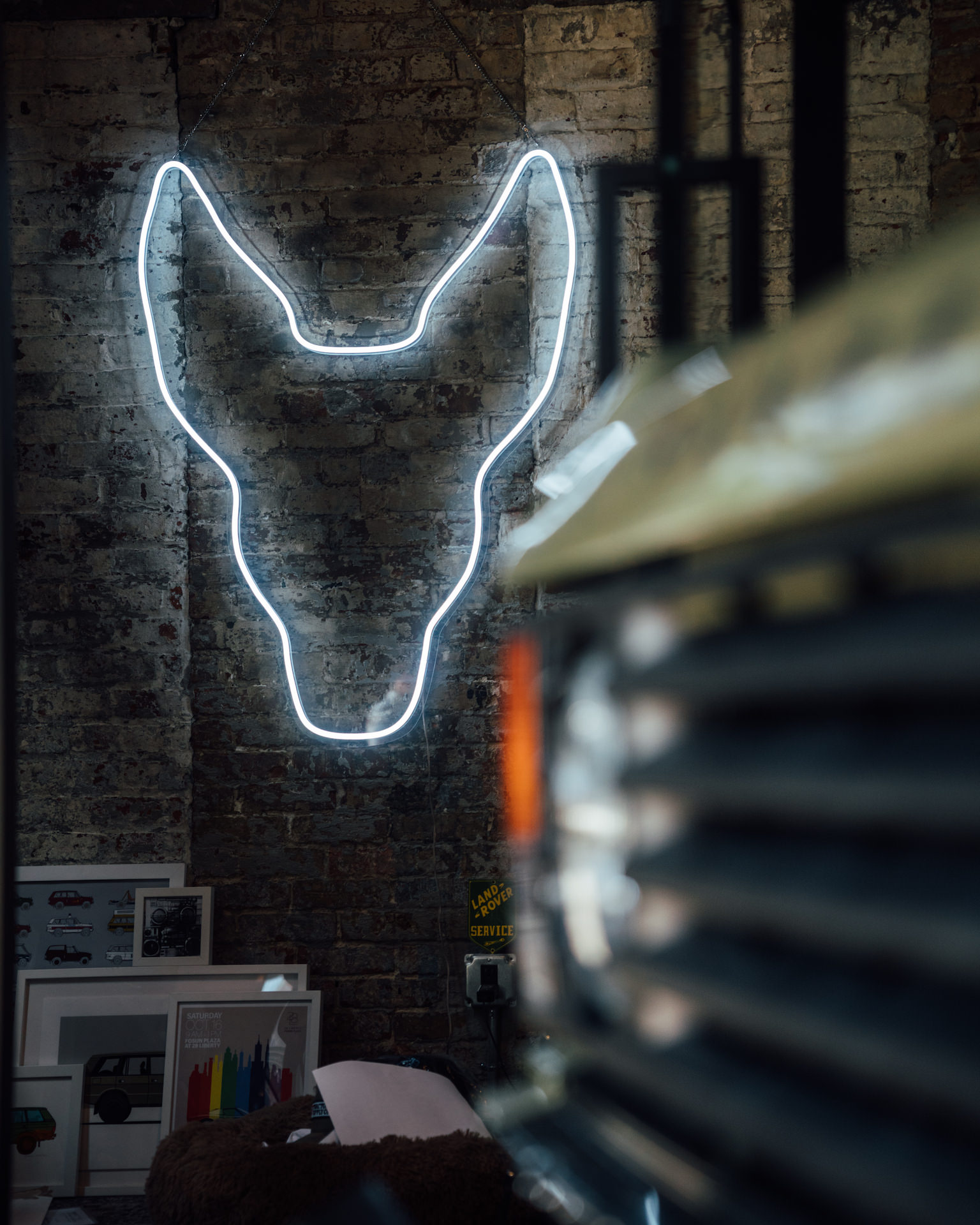
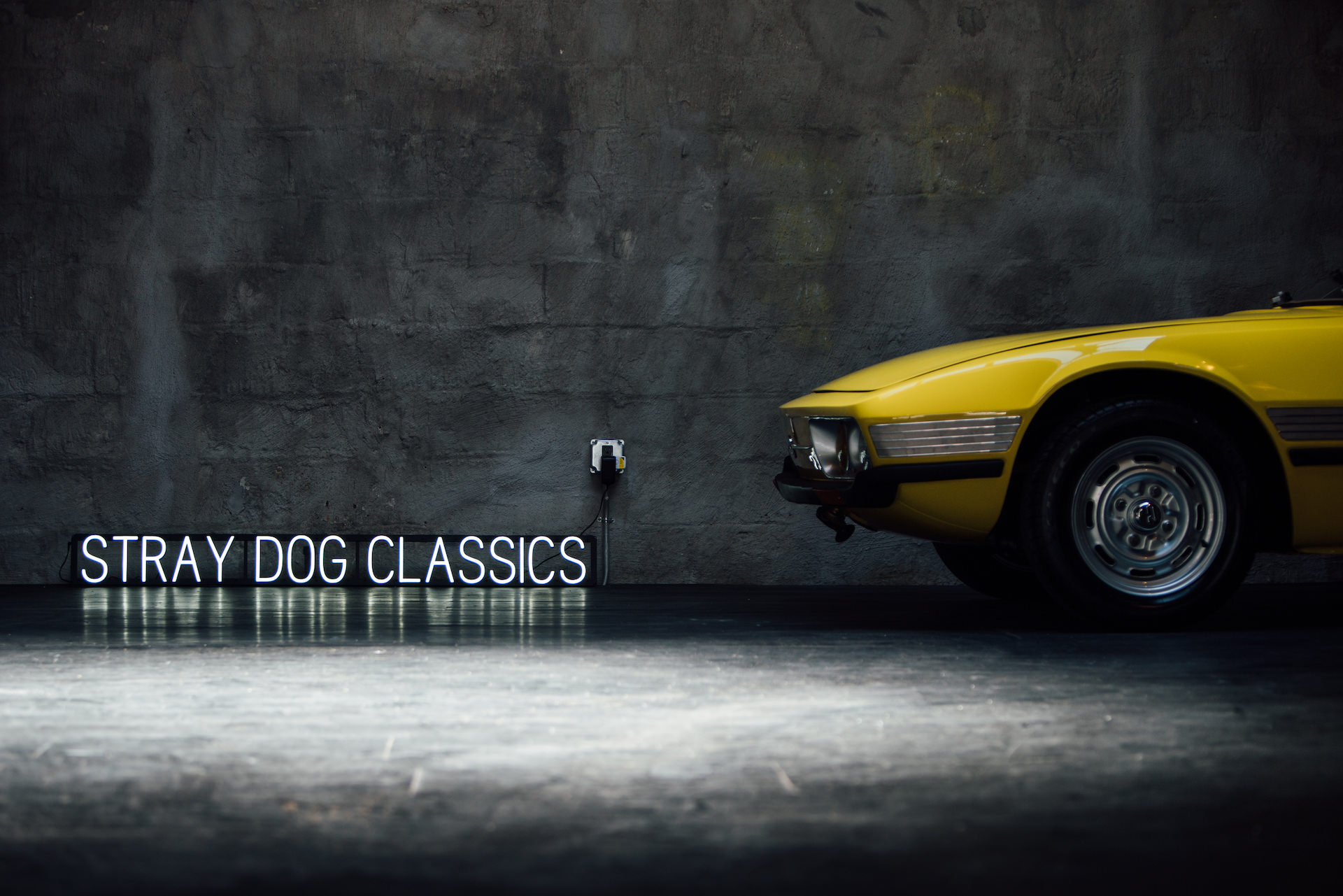

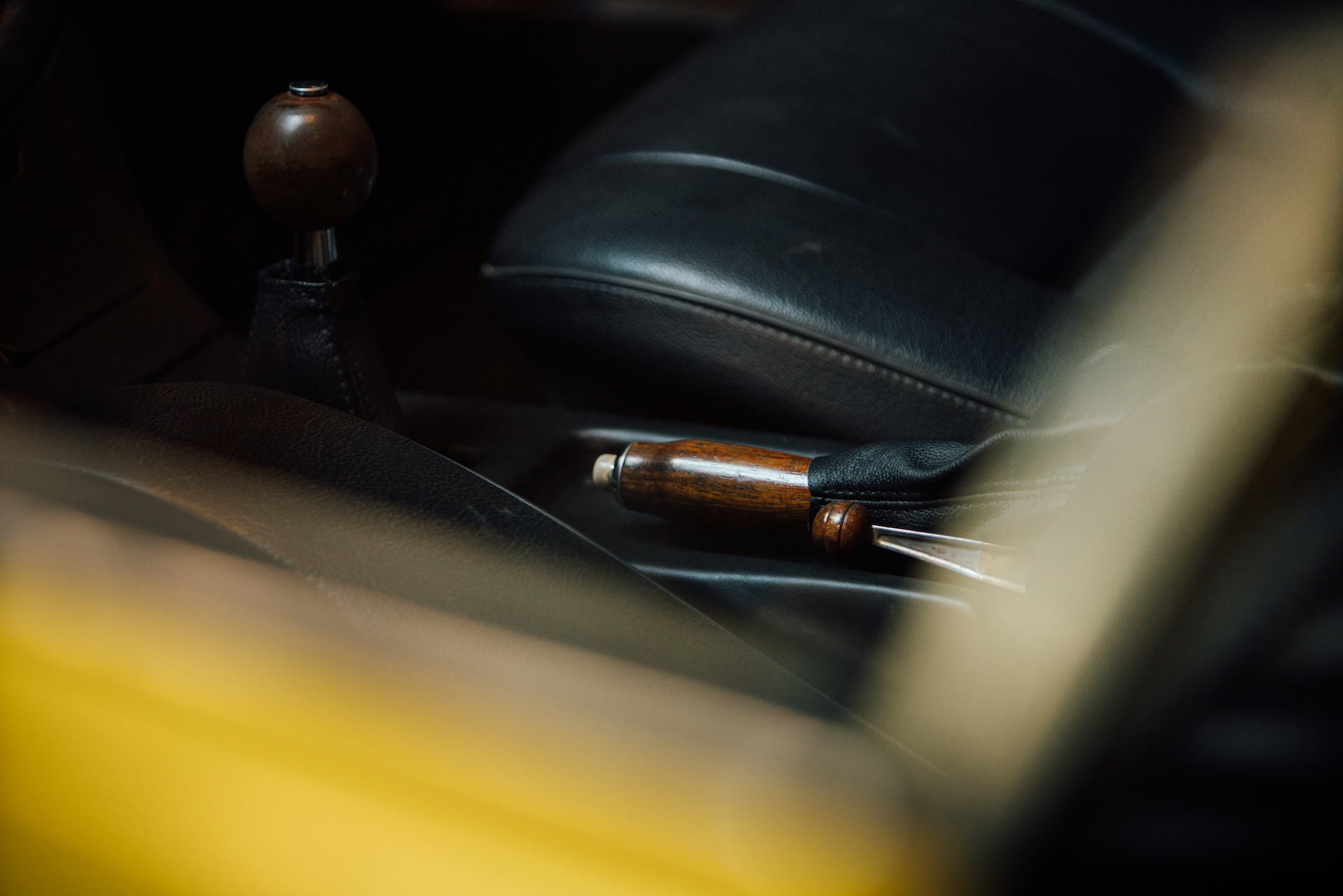
When you did the first build, your personal truck, did you have a vision for what it was going to be right away?
I had an idea of what I wanted to do. Color-wise, my wife chimed in; I think it’s important to have your significant other be involved in some way with something like this and she’s great. She designed the showroom space and I actually defer to her on some design decisions. But the first truck was a learning experience. We originally didn’t do the suspensions in Spain, and we didn’t undercoat them in Spain. Once I got my first one to Brooklyn, I was like “It’d be nice to have a stiffer suspension and to give it a little bit of a lift.” And we realized quickly how important it was to undercoat it to protect it from the elements and the salted winter roads here, because we source these rust-free trucks, we want to really preserve that with these builds. But honestly, I had an idea of what I wanted it to look like and feel like and the first truck turned out well, but it’s been fun to make other ones in different colors and options to see what those look like realized on a build. Part of the reason I have the collection of toy Range Rovers in the bathroom is that I actually make two for every truck we build, and I give one to the new owner of the truck and I keep one as a way to sort of keep the truck. It’s hard to give these builds away once they’re finished. It’s like a weird collector thing, I guess? But the builds keep getting better and better as we do them and you fall in love with all of them. It’s cool to see all of the possibilities and the things clients want. There’s something that does happen when you get into the business, though. I didn’t mean to become a car collector and I always joke with people and say I have the world’s best shitty car collection. Not the Range Rovers, but none of the cars in this garage are super valuable or entirely unattainable.
What’s cool to me about these Range Rovers and especially something like the Discovery 300 TDI we just finished is that you really can use it as your daily driver. I tell people all the time, it’s one of the most practical impractical cars! The other thing for me seeking a classic car is, I’d rather drive a slow car fast than drive some crazy, super fast car. I’m not a race car driver and obviously, I’m not gonna win any races in a diesel Range Rover, but there’s a tactile experience to it and it feels like something at highway speeds.
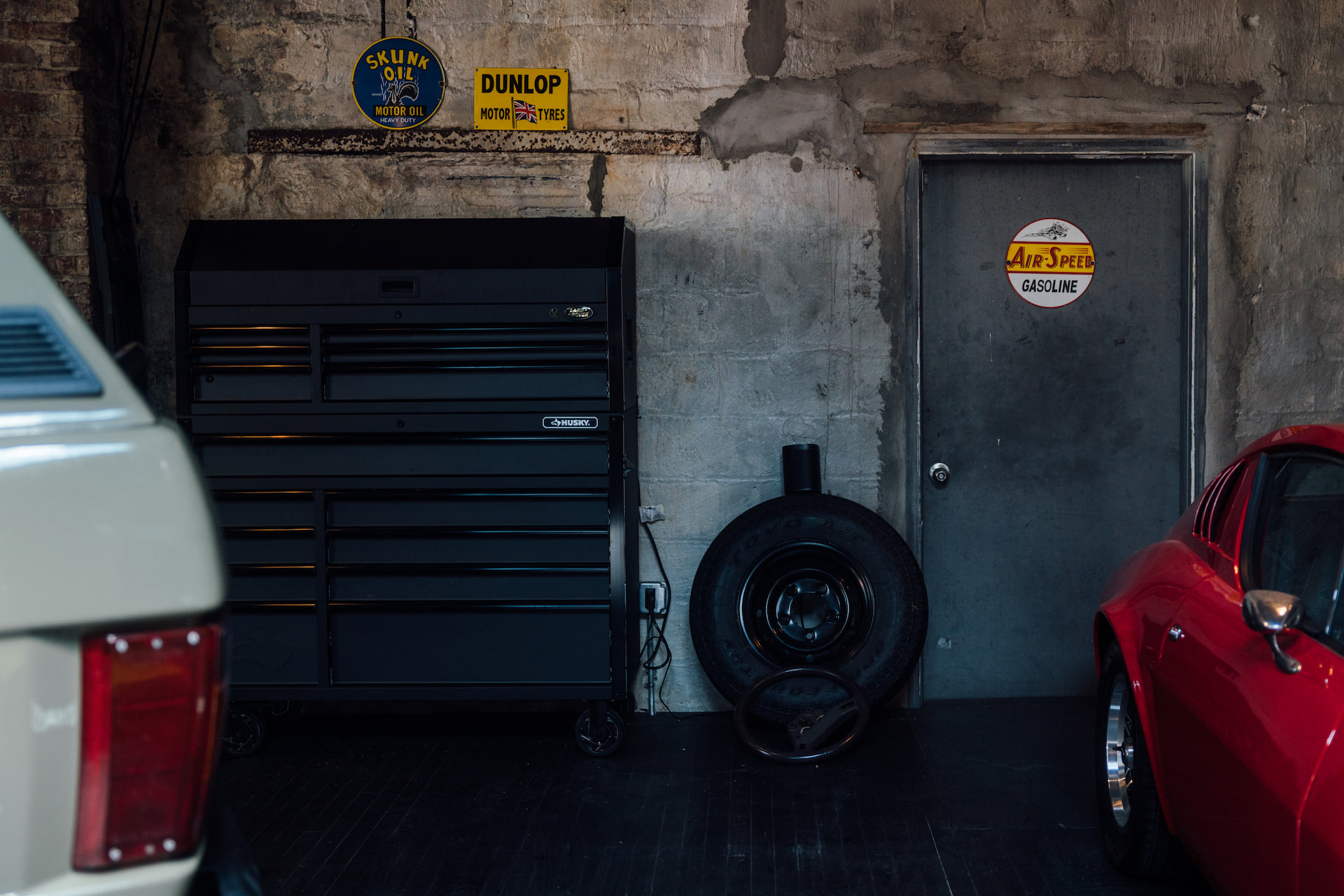
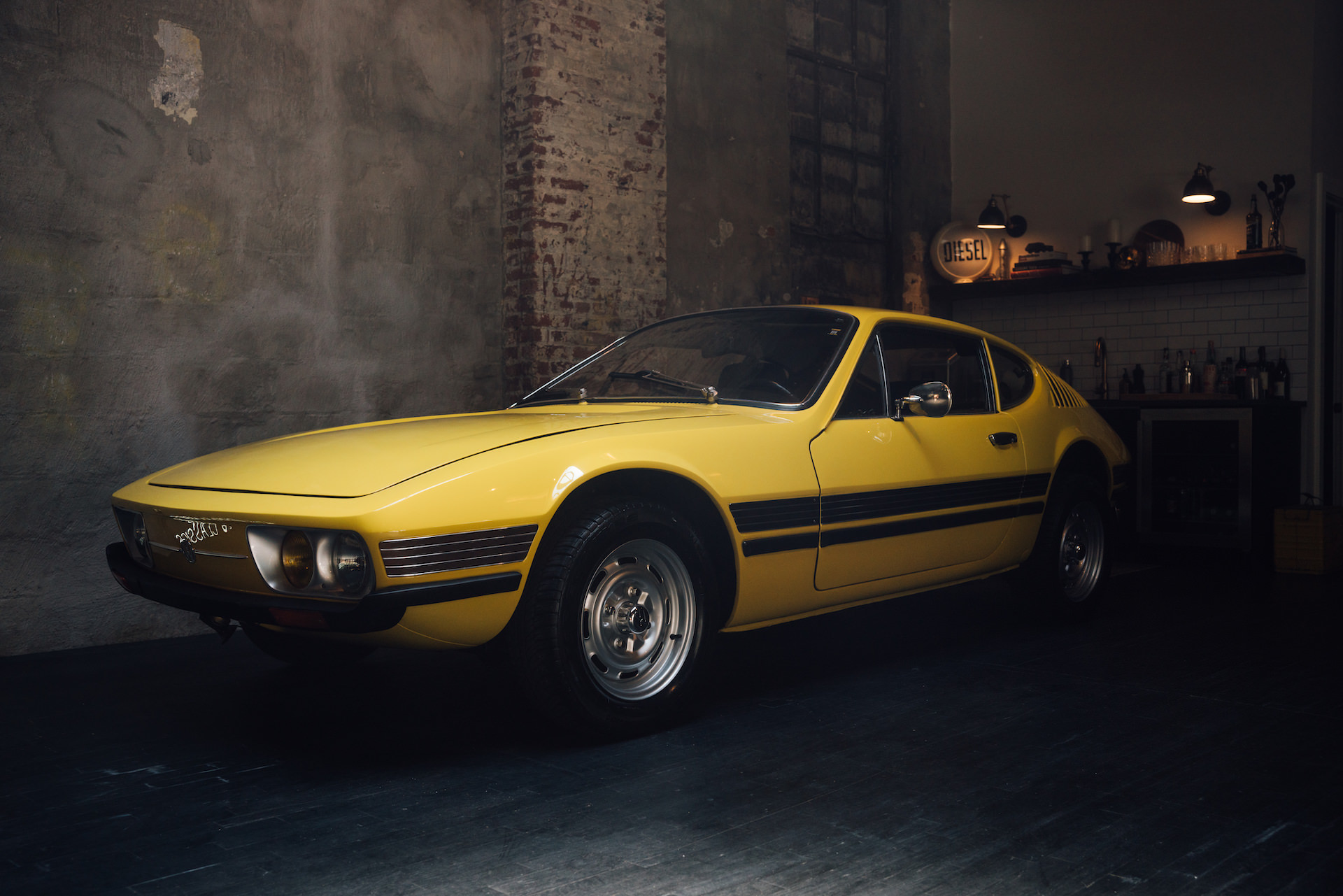
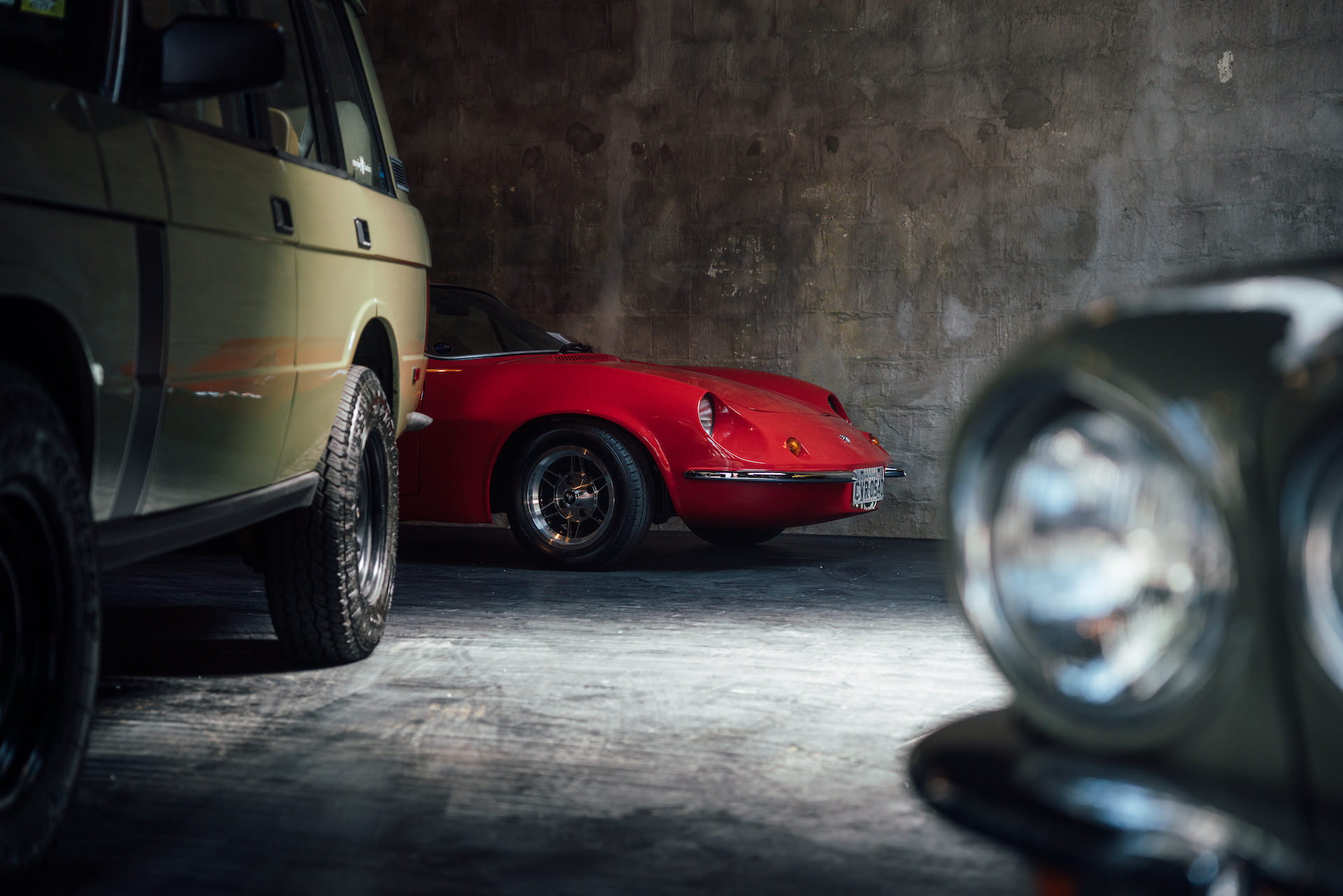
You mentioned you haven’t worn a watch since you’ve got your first iPhone. Your attraction to the Range Rover Classic is similar to a lot of us having an attraction to mechanical watches. I think most people these days, when confronted with an enjoyable tactile experience, want that element somewhere in their life to balance all the screen time.
There’s something about the analog aspect of these trucks that makes them appealing to me. There are no computers, and while that also means there’s less that will break in these trucks, we live in an age where cars are literally driving themselves. I actually enjoy driving; the idea of just getting into a pod that takes me somewhere that just seems kind of sad. It’s different than just trying to get from point A to point B. To me, cars aren’t cool because they’re expensive, it’s really about their sculpture and form and that’s why we really have no art on the walls here. The cars are the art; I mean, look at these things! They’re fucking cool. What’s the saying, “fashion can be bought, but style one must possess?” It’s all about that.
Anybody that’s made a shift into a more creative or entertaining career in this world as it stands right now is living the dream in my book.
I have a 12-year-old and a 15-year-old, but I always say I’m 12, but in a 47-year-old body. My tastes haven’t changed that much since I was actually 12 and I still like to play with cars – they’re just bigger now.
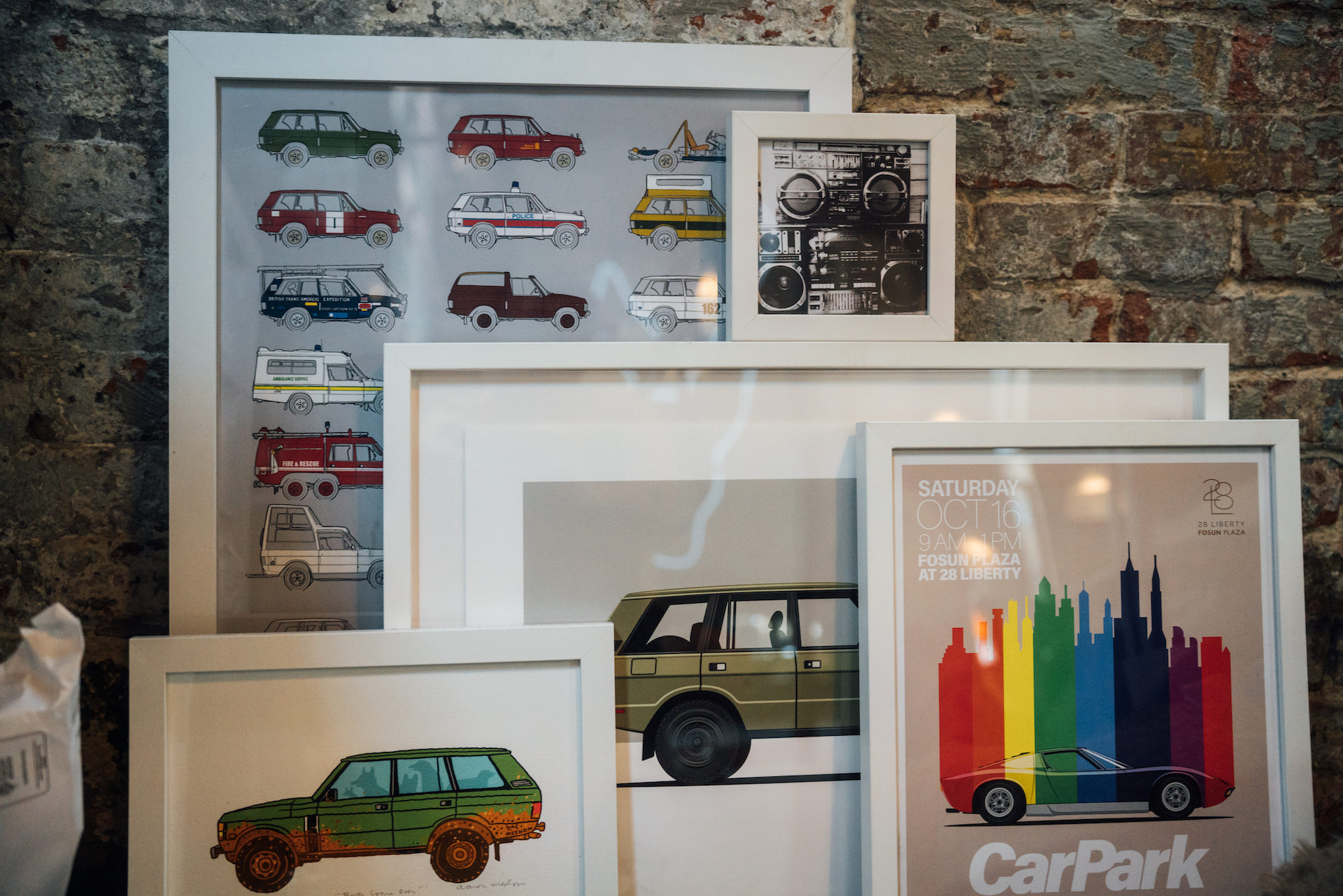

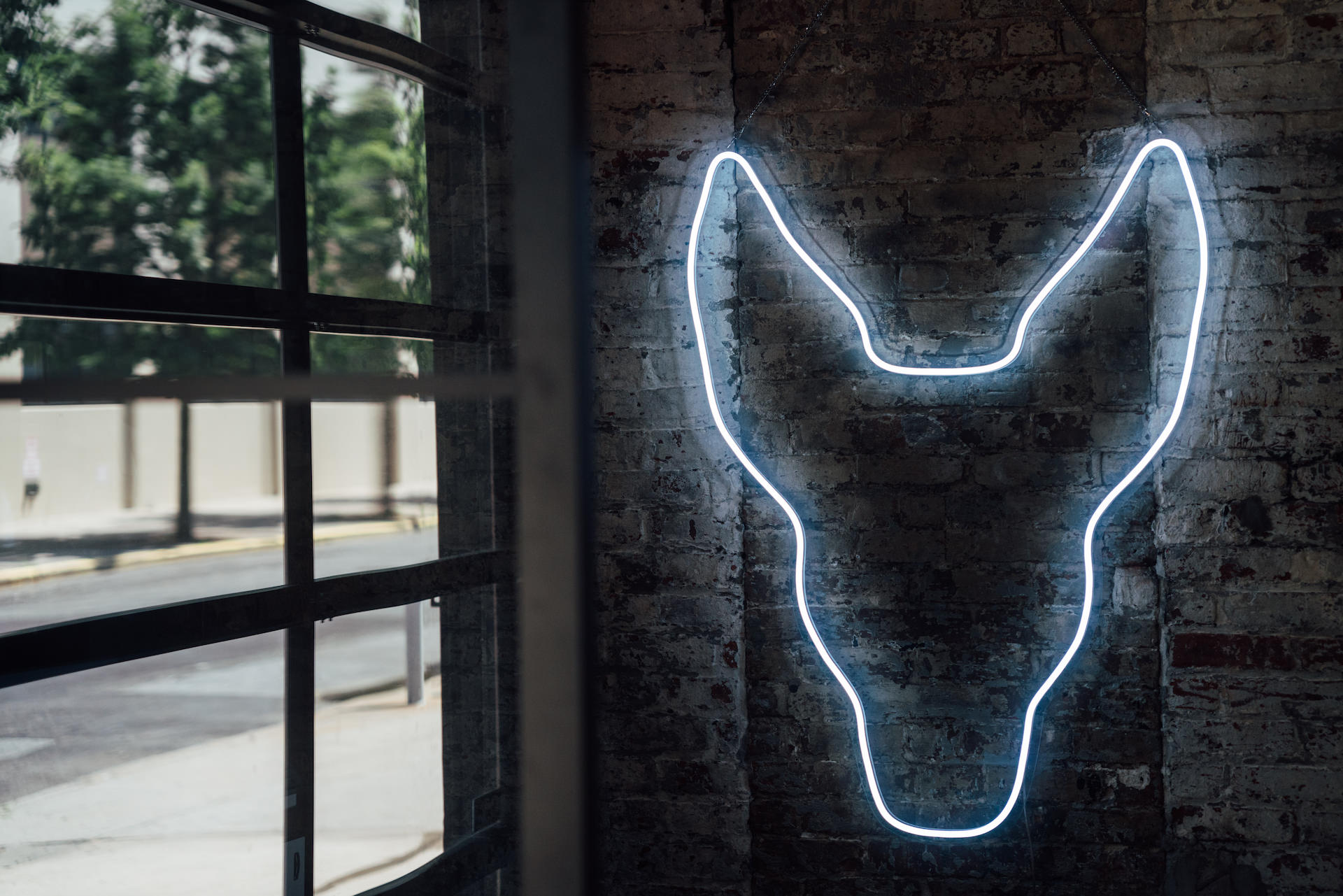

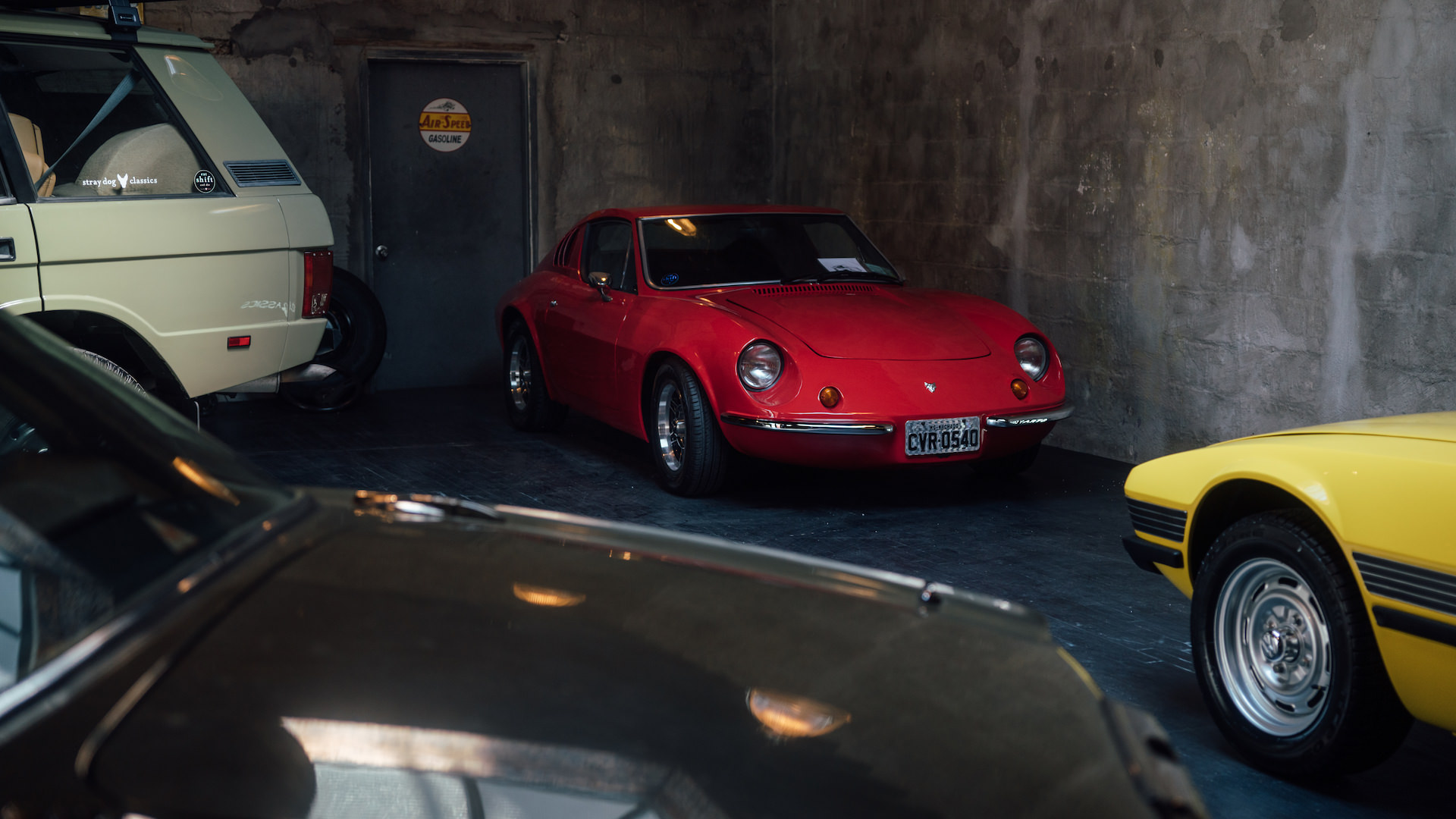
How has the classic car community in NYC received the Stray Dog builds?
There’s really an interesting, thriving car community in New York. I wouldn’t necessarily say Rover, but in general, there’s a fledgling classic car community here – which is weird because New York City is not typically a place where people have cars or at least cars they care about much. What’s really cool about the community here is it’s not all about people with tons of money and these really expensive cars. You have all sorts of people, all different ages, all different races, all different socioeconomic backgrounds who have their various cars that they’ve done things to and are into. It’s just cool. There are a lot of events put on by CarPark NYC (who do The Bridge show in the Hamptons) that I’ve attended, and they do the Dunkin Drives thing, which is primarily Porsches, or events like Ride More that Spiegel puts on and the things Wheels of NYC puts together. We even started a “cars and cocktails” here and we have that same mix of people! You end up meeting all these people through cars that you would otherwise never interact with. It’s a melting pot and I think that that’s quite cool. I like that these events are a physical thing; it’s not all online. You’re at a thing together, hanging out and talking. It’s here, it’s happening, and it’s fun. We’re doing a cars and tacos meet on Saturday and the spots are all sold out and we have had to make overflow parking, but it’s a bigger scene than people might expect.
I do feel like it’s a welcoming community and even this industry or side of the classic car world feels fairly welcoming – where like people will compliment other people’s work. It doesn’t only have to be about mine mine mine! Obviously, this is low-hanging fruit, but I deeply appreciate what Singer does with Porsche and that’s the pinnacle and obviously expensive, but I can appreciate what other people are doing and people have been fairly welcoming to me and it’s seemingly less ruthless place than other industries I’ve been involved in
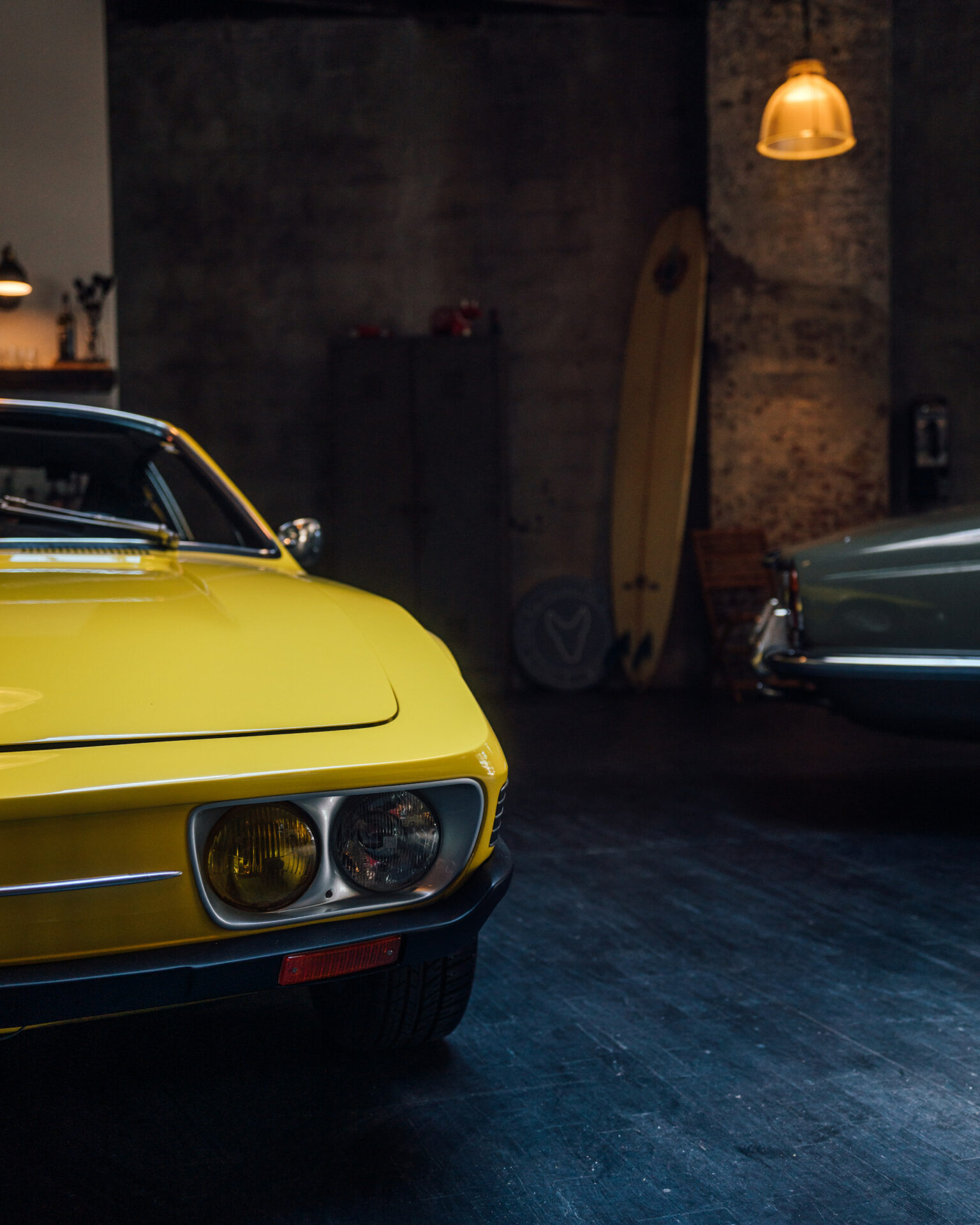
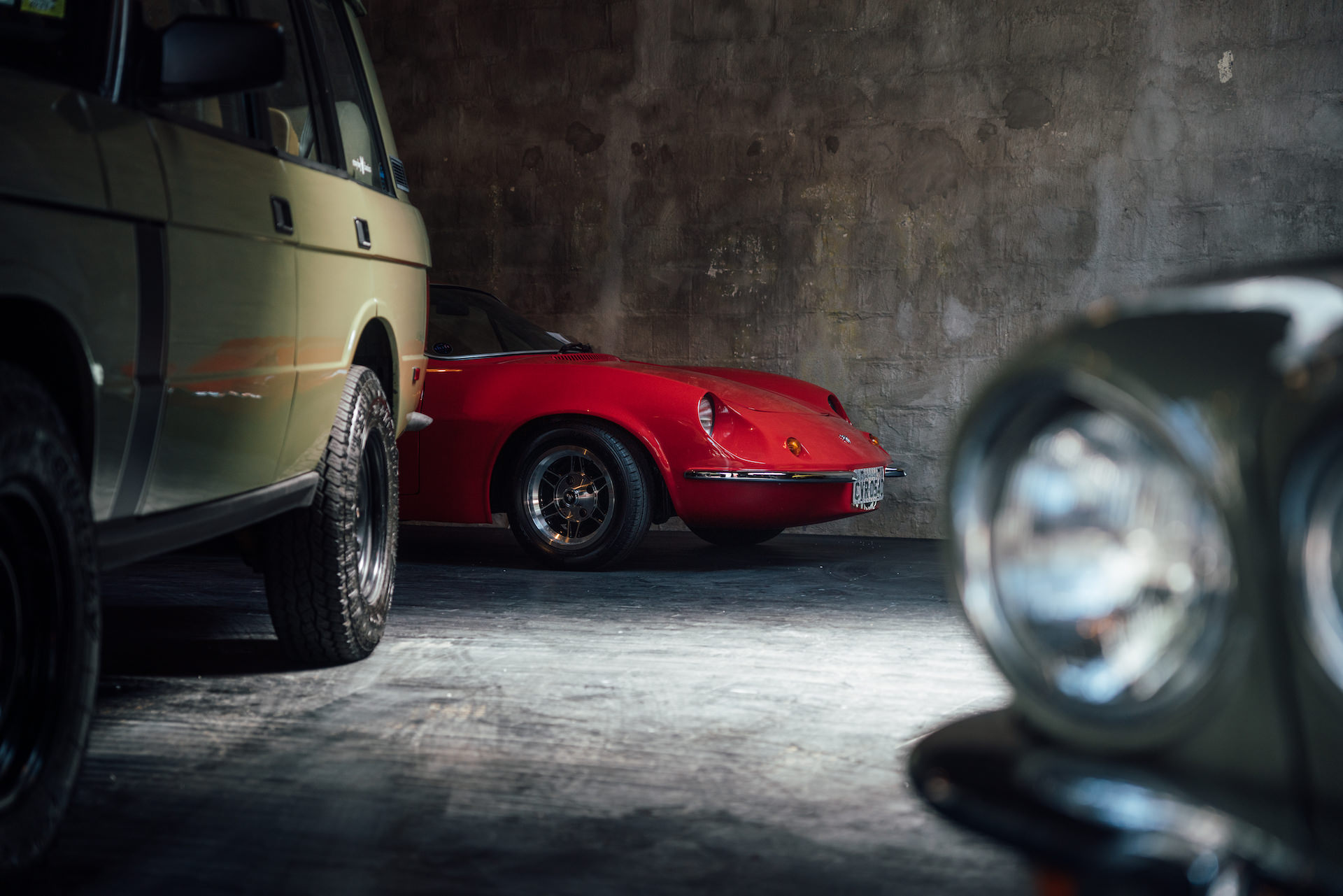
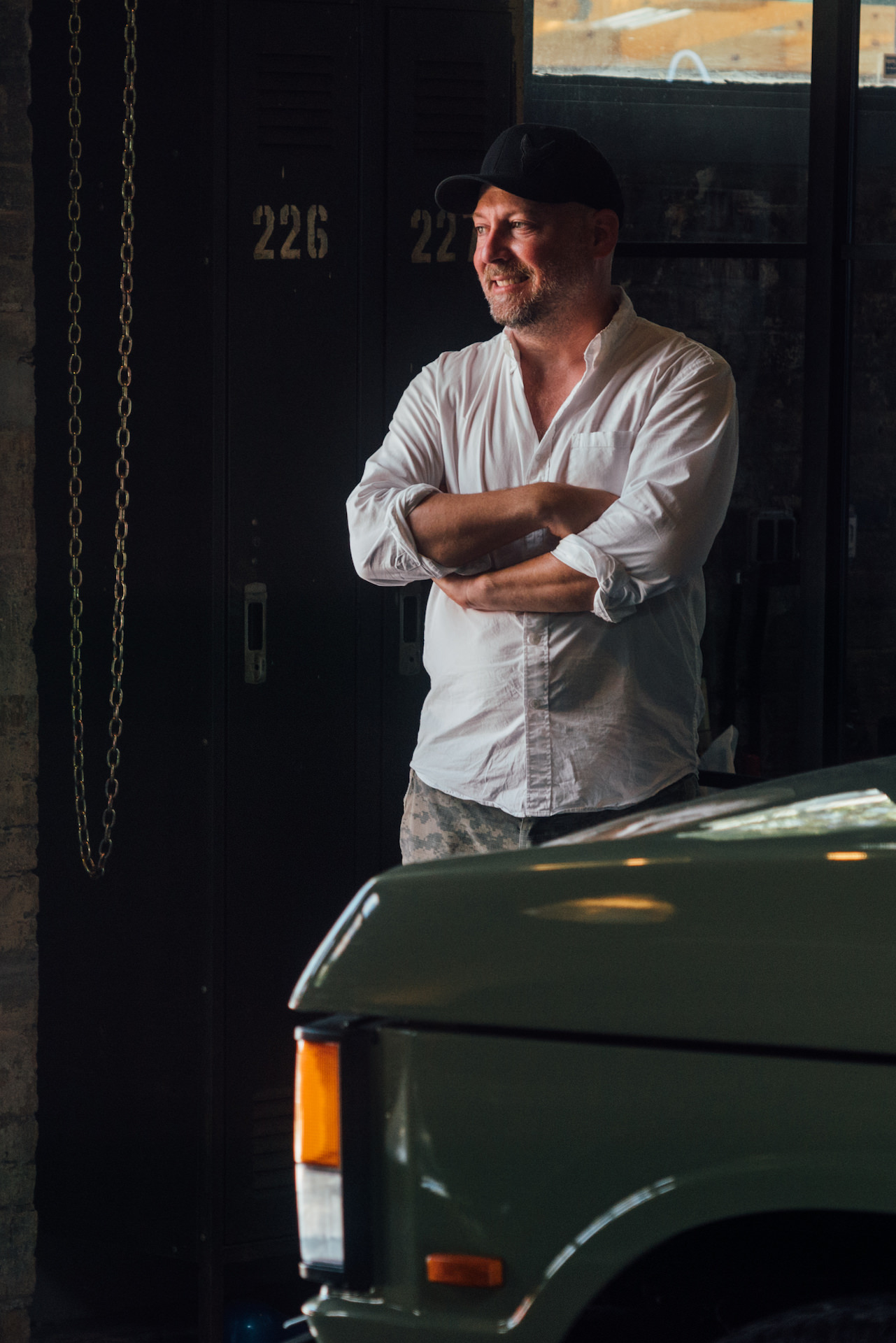
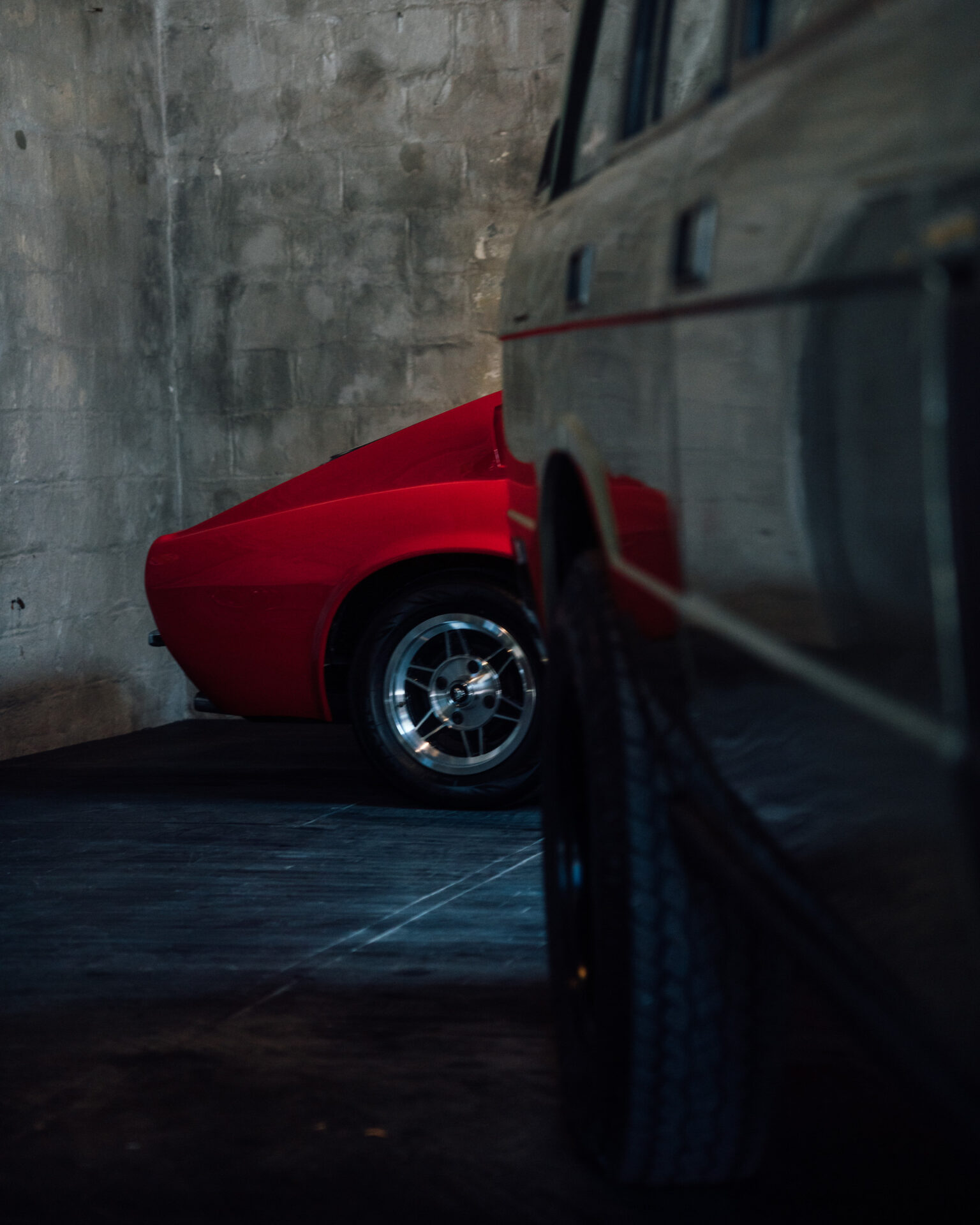
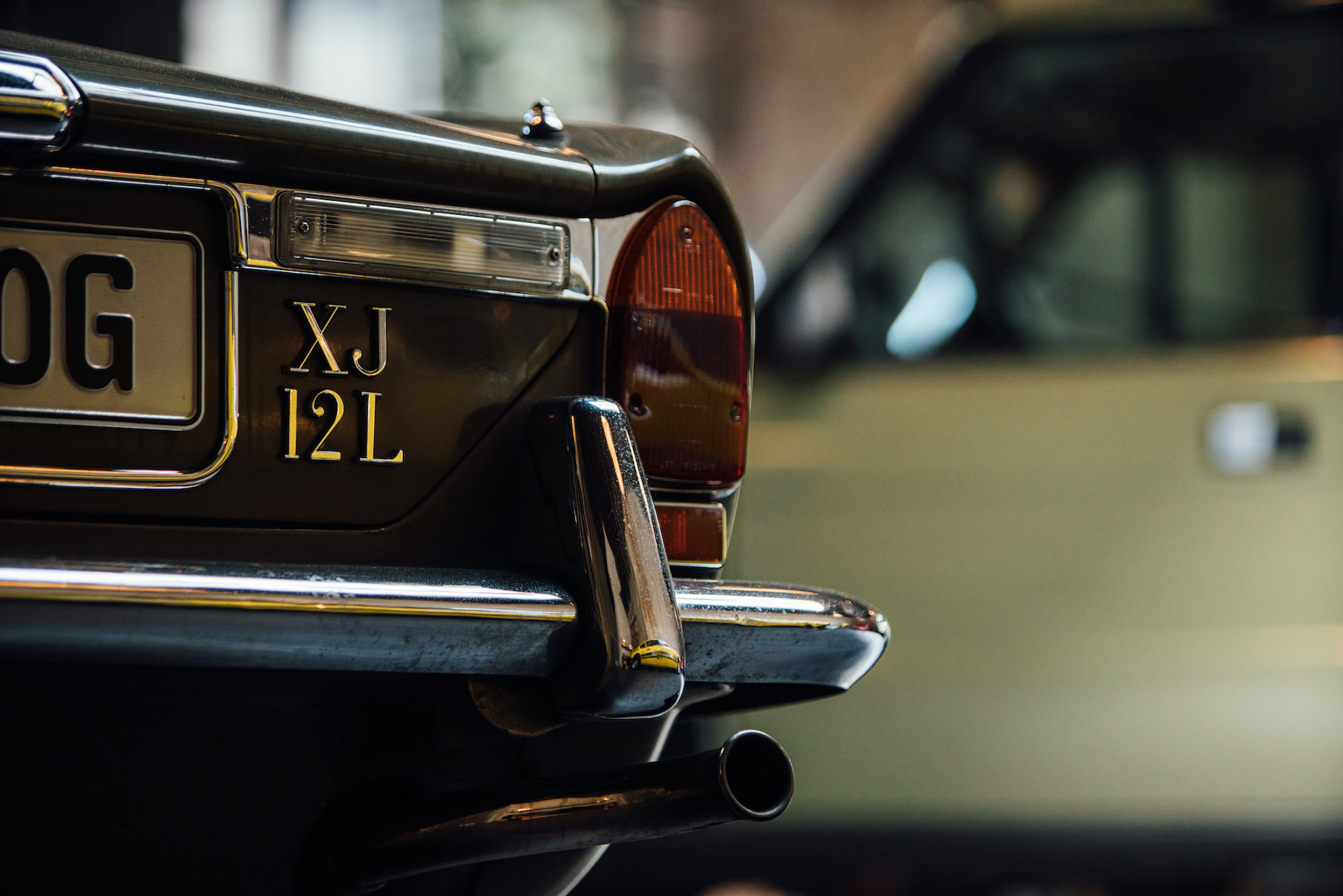
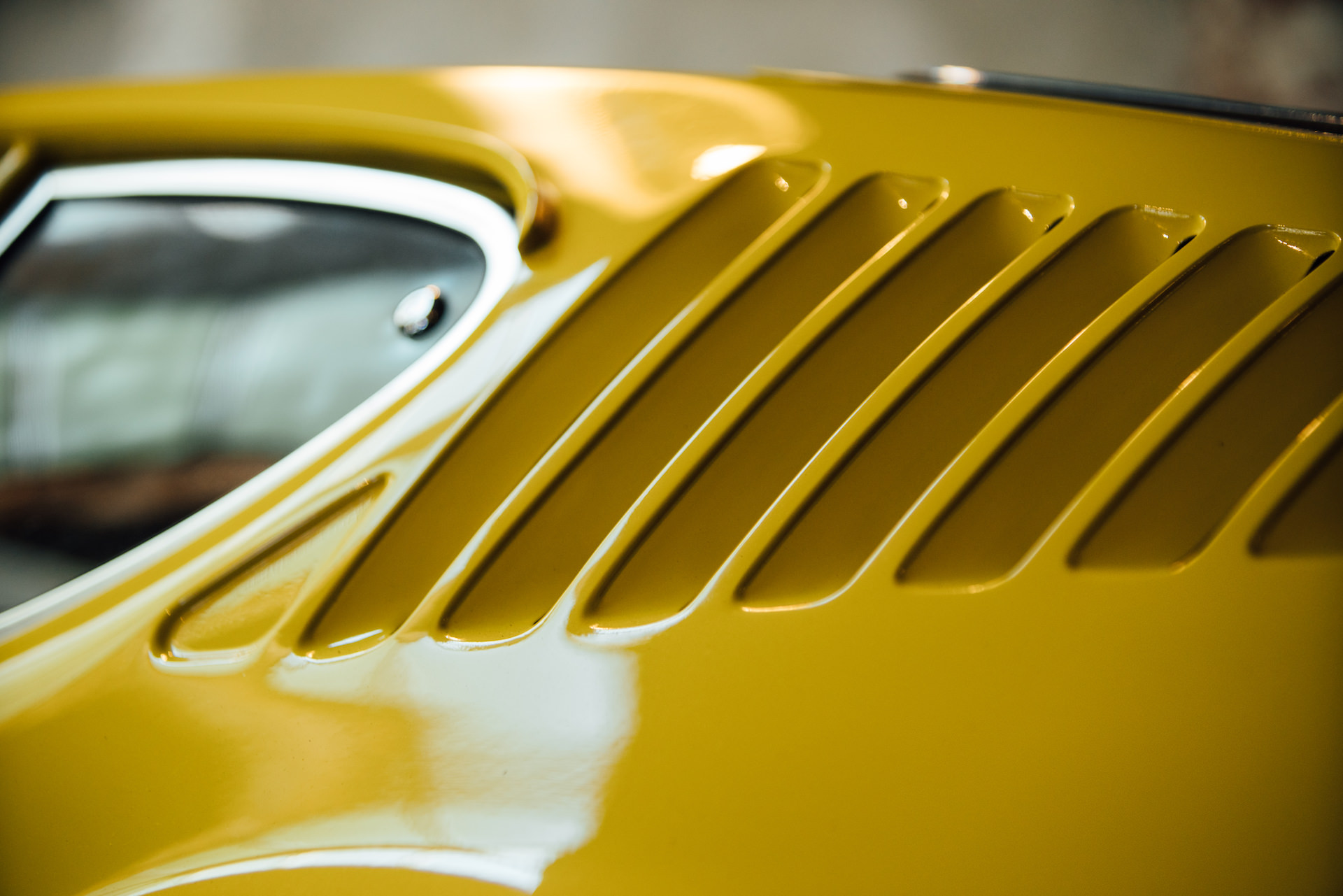
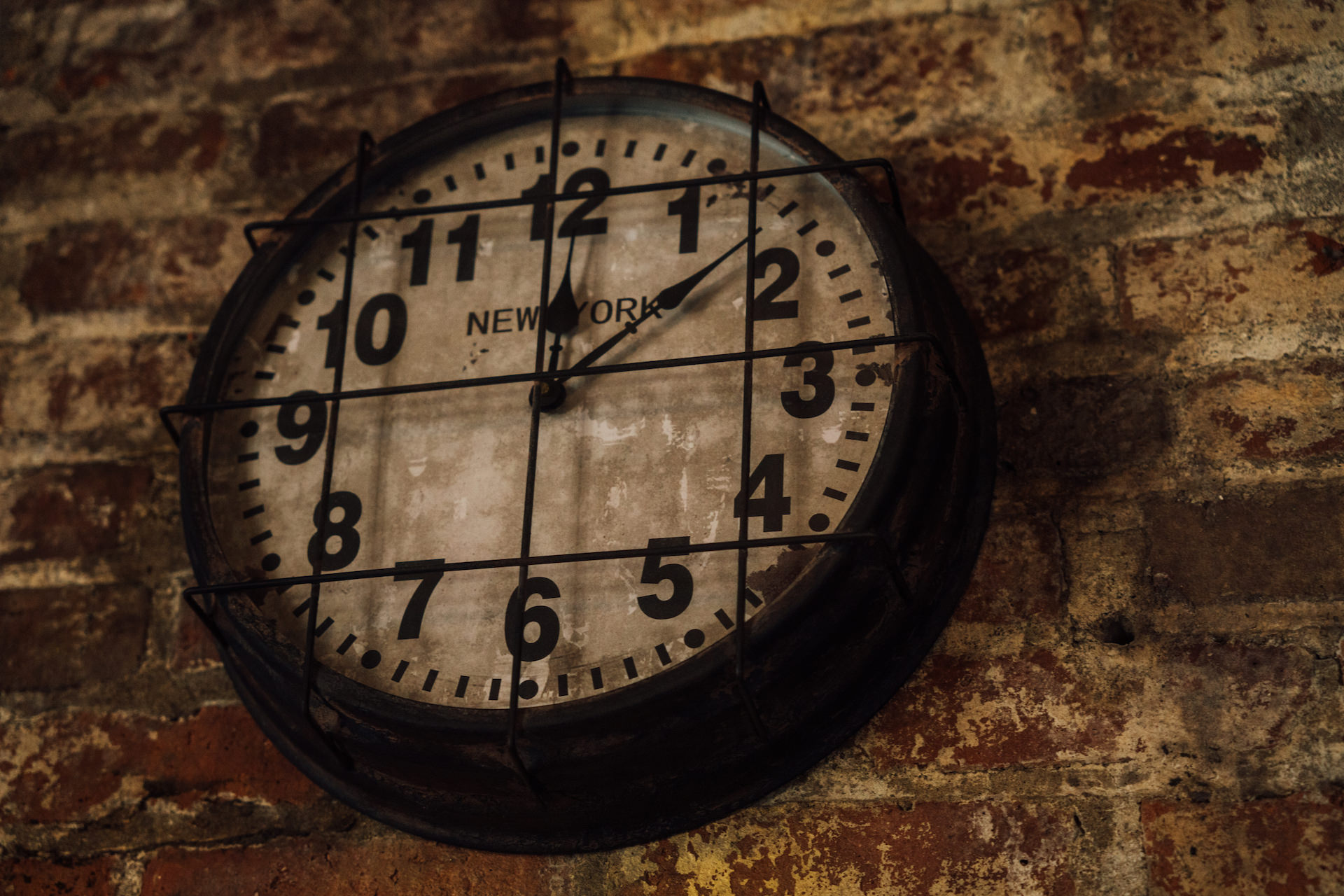
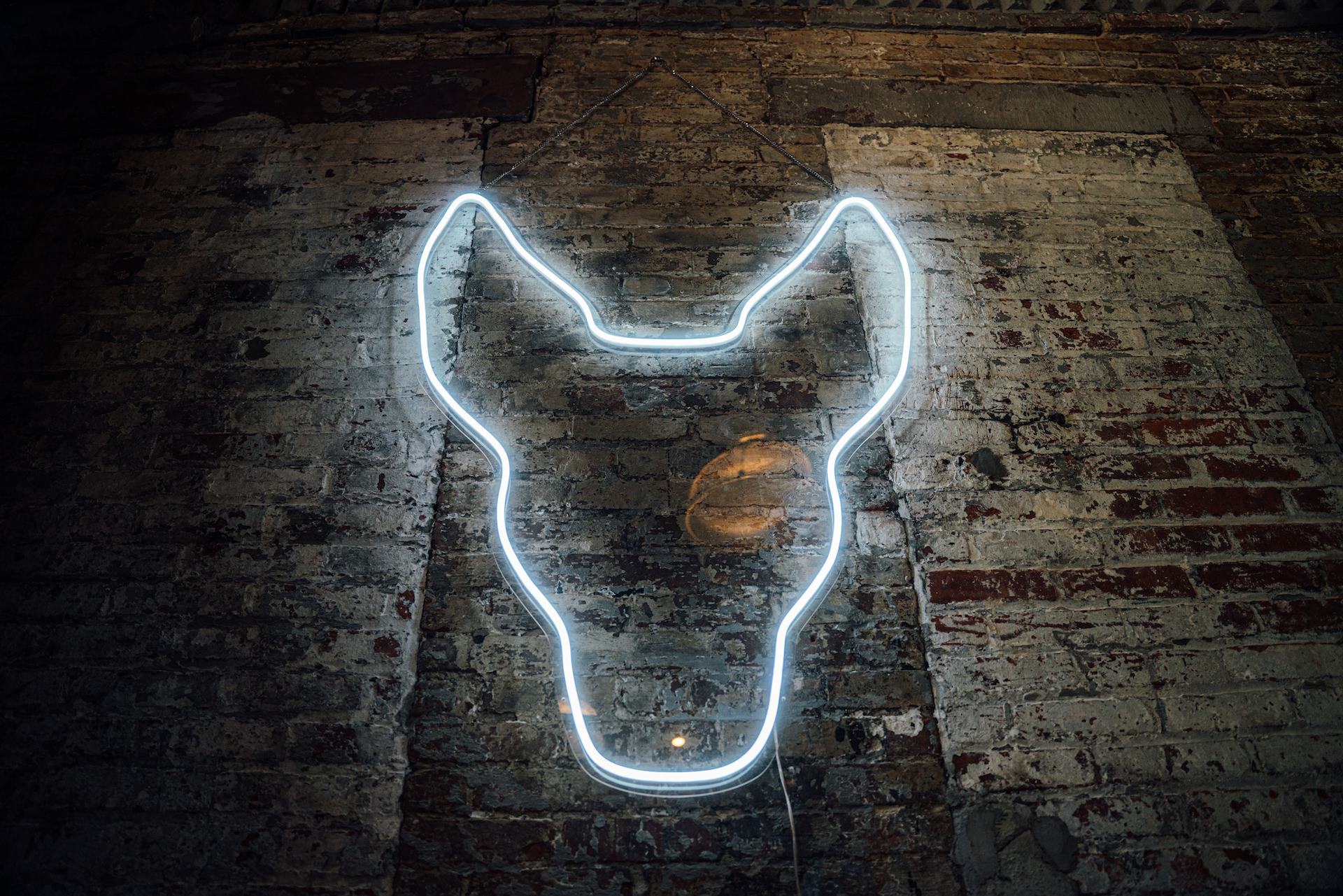
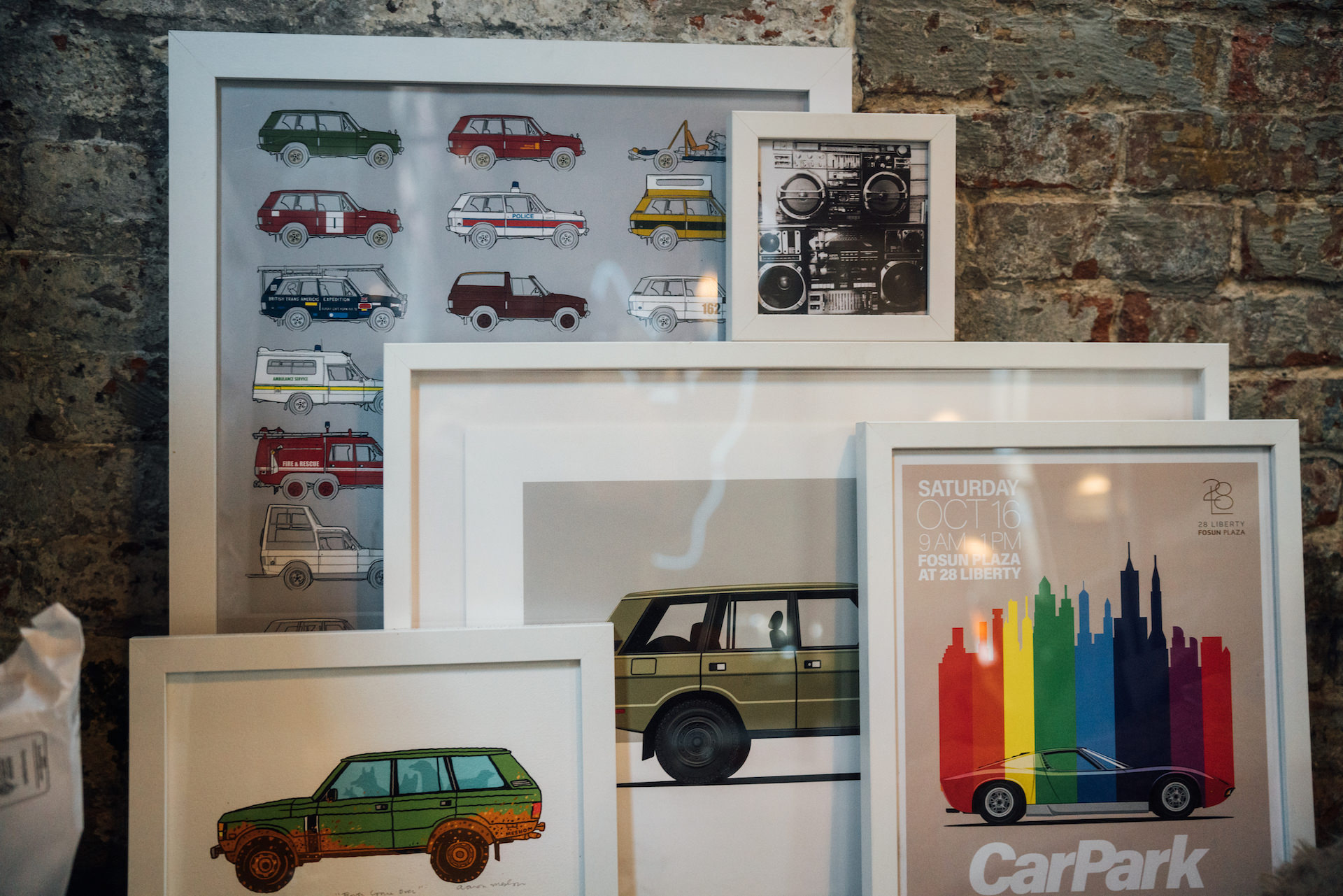

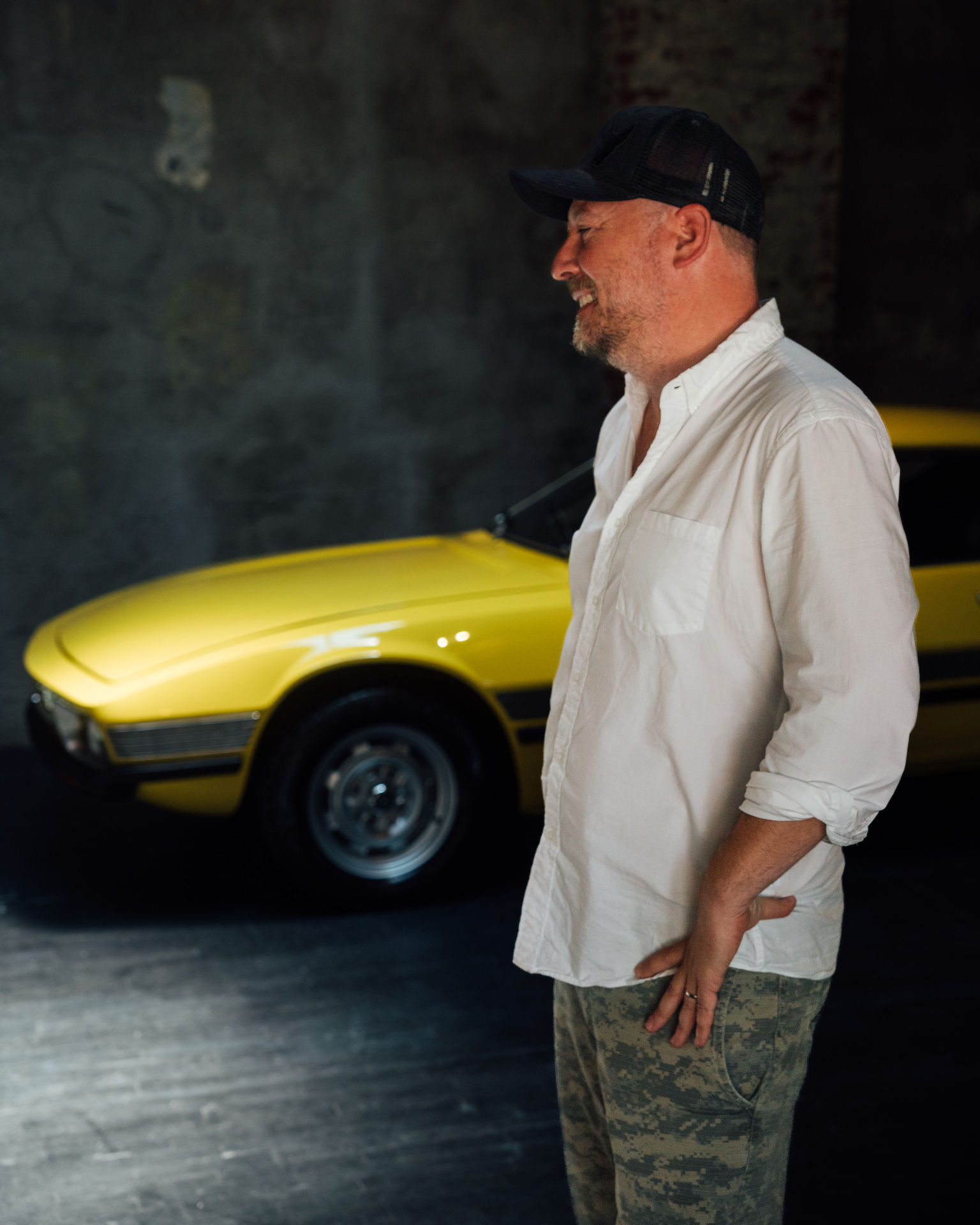
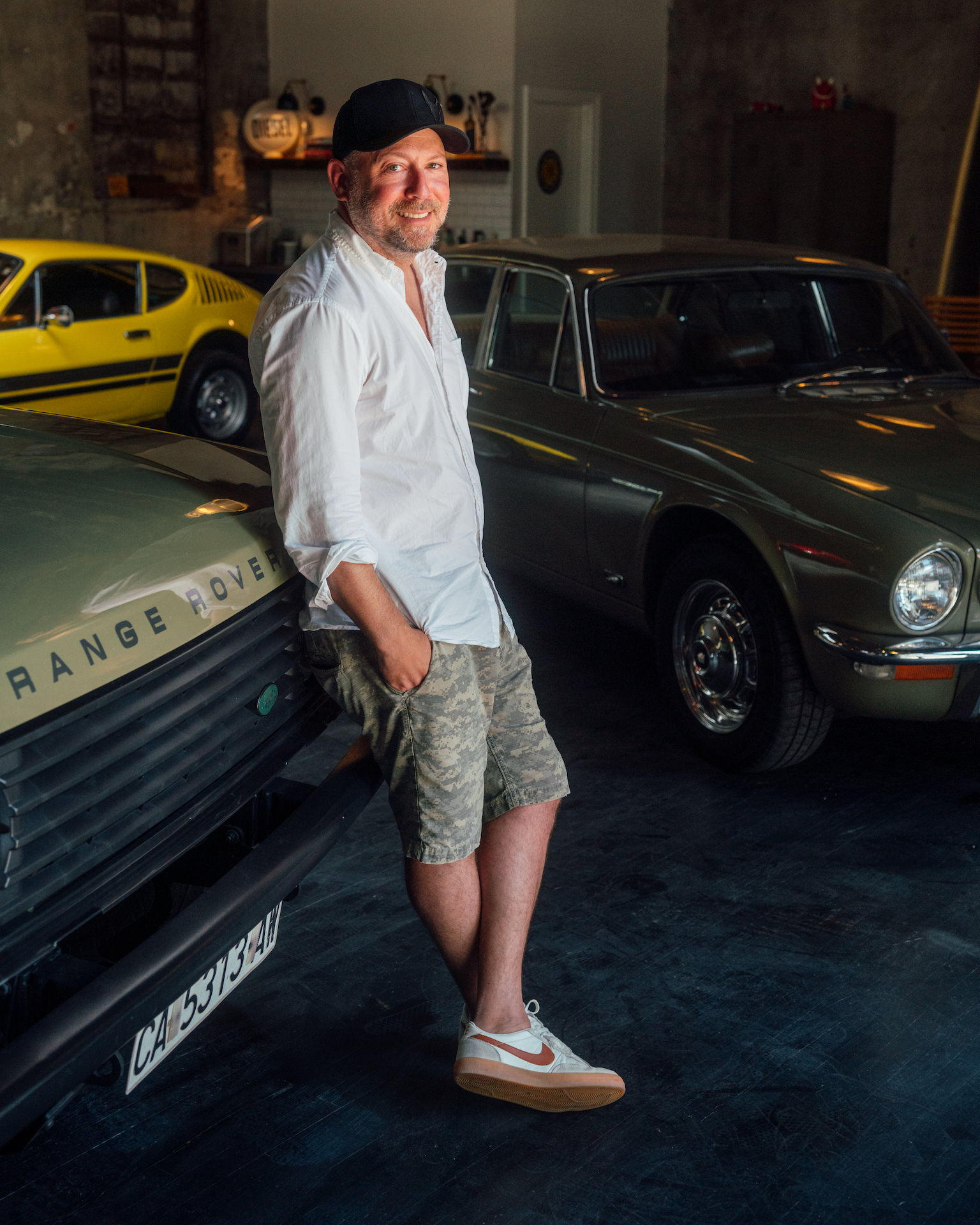
While the Range Rover builds are Stray Dog’s primary focus, you do have these two killer vintage coupes and some other obscurities in your collection. Those coupes were both Brazilian market specific cars, right?
Yes! So in the ‘70s, Brazil banned imports, but VW already had a factory there and basically Germany gave Brazil carte blanche to do what they wanted with the factory. They came up with the SP2; it’s a rear-engine, air-cooled boxer engine; the same 1.6 liter 1600 you’d find in a Beetle, and it’s super lightweight. Obviously the car just looks awesome and I don’t know if this is a fact, but people say the Porsche 928 was based on the SP2’s shape, or at least influenced it.
The SP2 is so cool and so ‘70s! Once we got this space and I started thinking about what I wanted to have in here, I realized I wanted something really unique – but it doesn’t need to be crazy expensive or impossible to get ahold of. So I found a VW guy in Brazil through Instagram and I started asking him about SP2s, and he started sending me listings and he offered to help me find one. We actually found a guy, I was in the middle of restoring the yellow one, which was perfect because I wasn’t looking to restore SP2s necessarily. We paid for the car before it was finished, which I think helped him finish the job, and we’re lucky that the car came out great! It’s fun to drive. It’s definitely cool, and there’s apparently only six in the US.
The reason I got the red Puma is when we were looking into shipping options for the SP2, we found you can really only ship in a container out of Brazil, but it was the same price to put one car in a container as it was to put two. So we figured why not? The Puma had been redone about three years ago and like the SP2, Puma came from the import ban in the ‘70s and was built on a VW chassis with the same VW 1600 engine, but Puma was their own manufacturer and the cars shipped complete from the factory. I believe they were also available in the US as a kit car without the engine, but in Brazil they manufactured these on the line and like they made the bodies by hand, and these were apparently the cars doctors and lawyers drove in Brazil in the ‘70s. The body is all fiberglass. The cool thing about both of these cars is they’re very simple, they’re super easy to work on and parts are readily available because they’re VW engines.
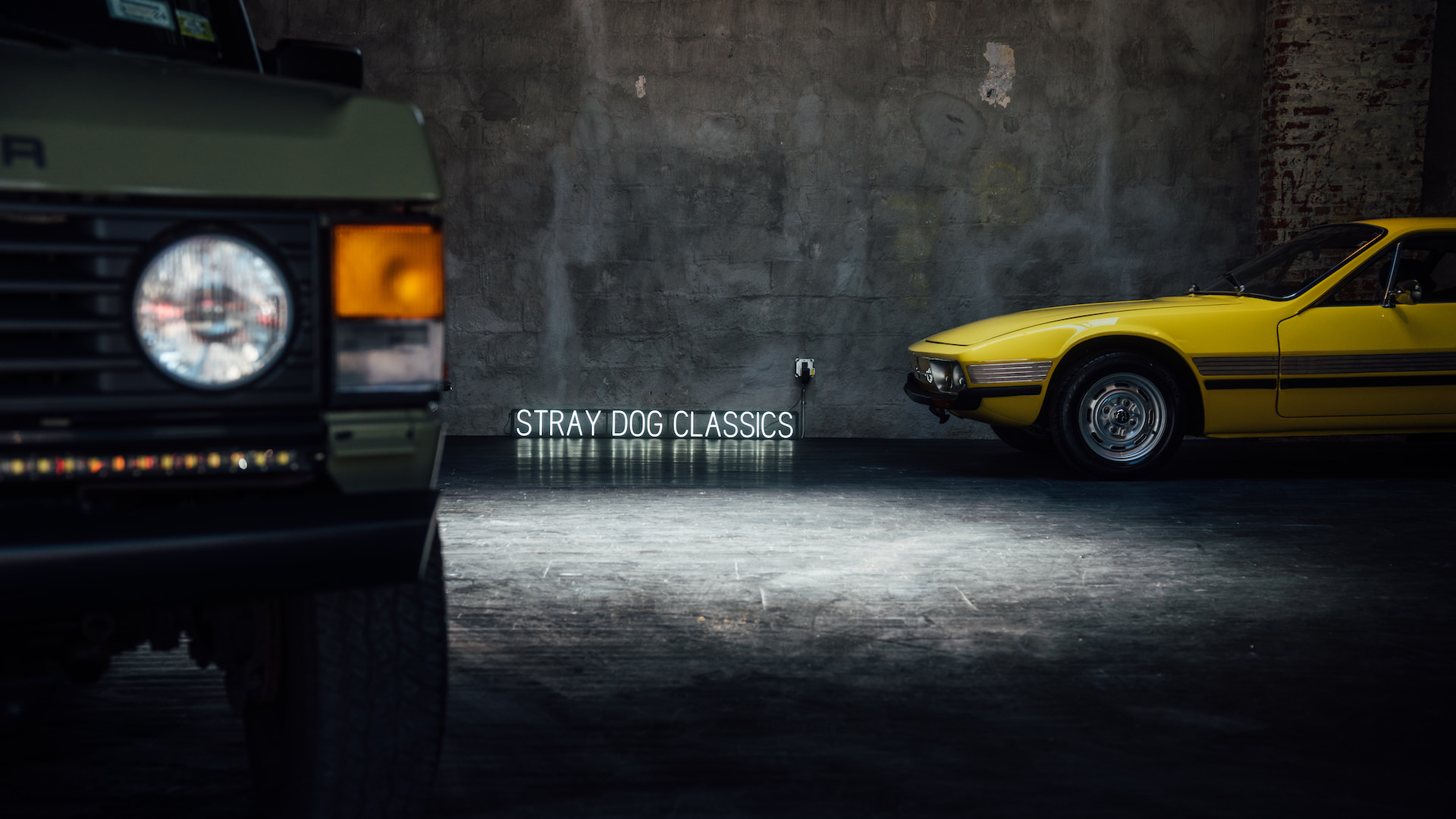
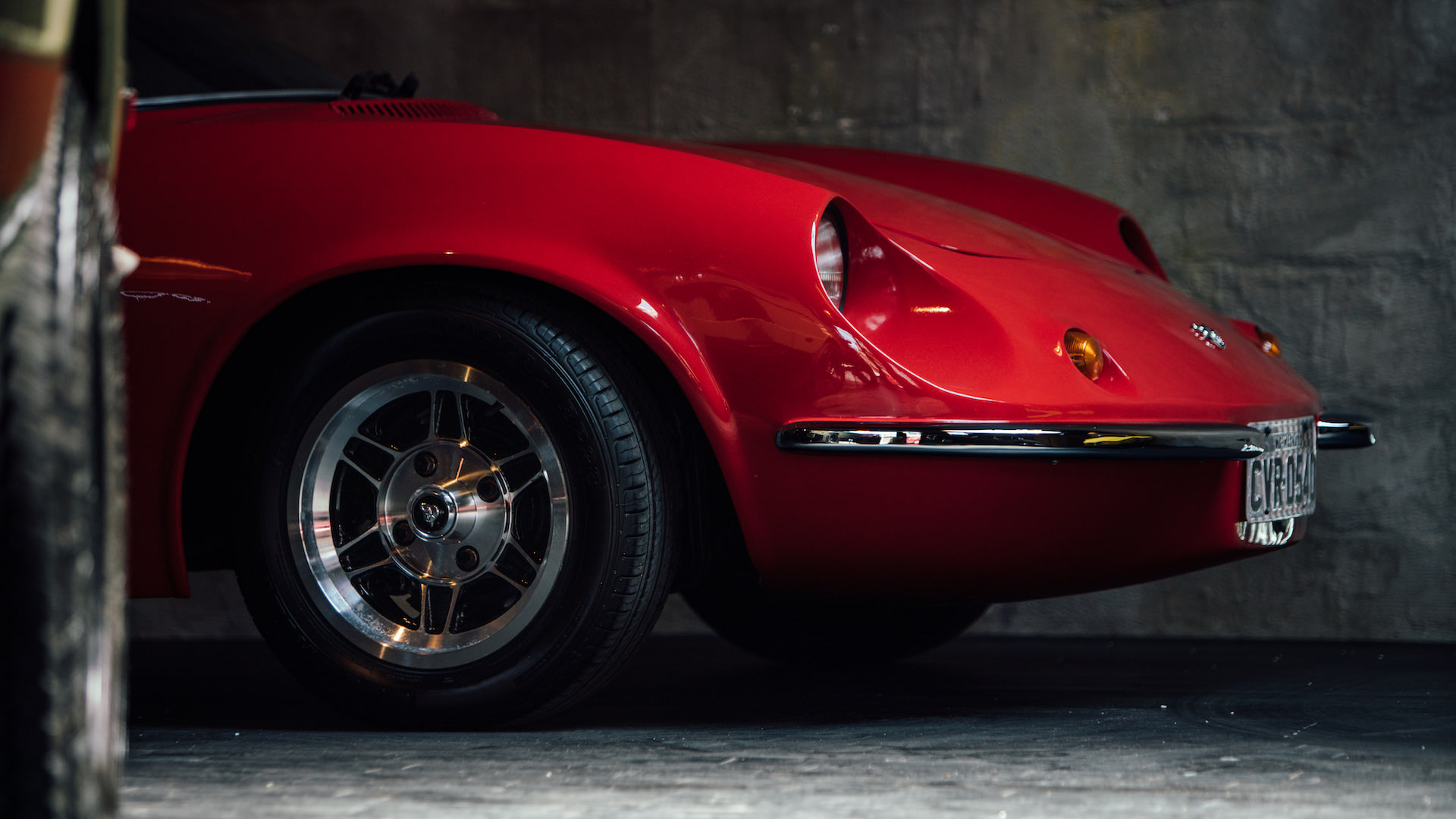
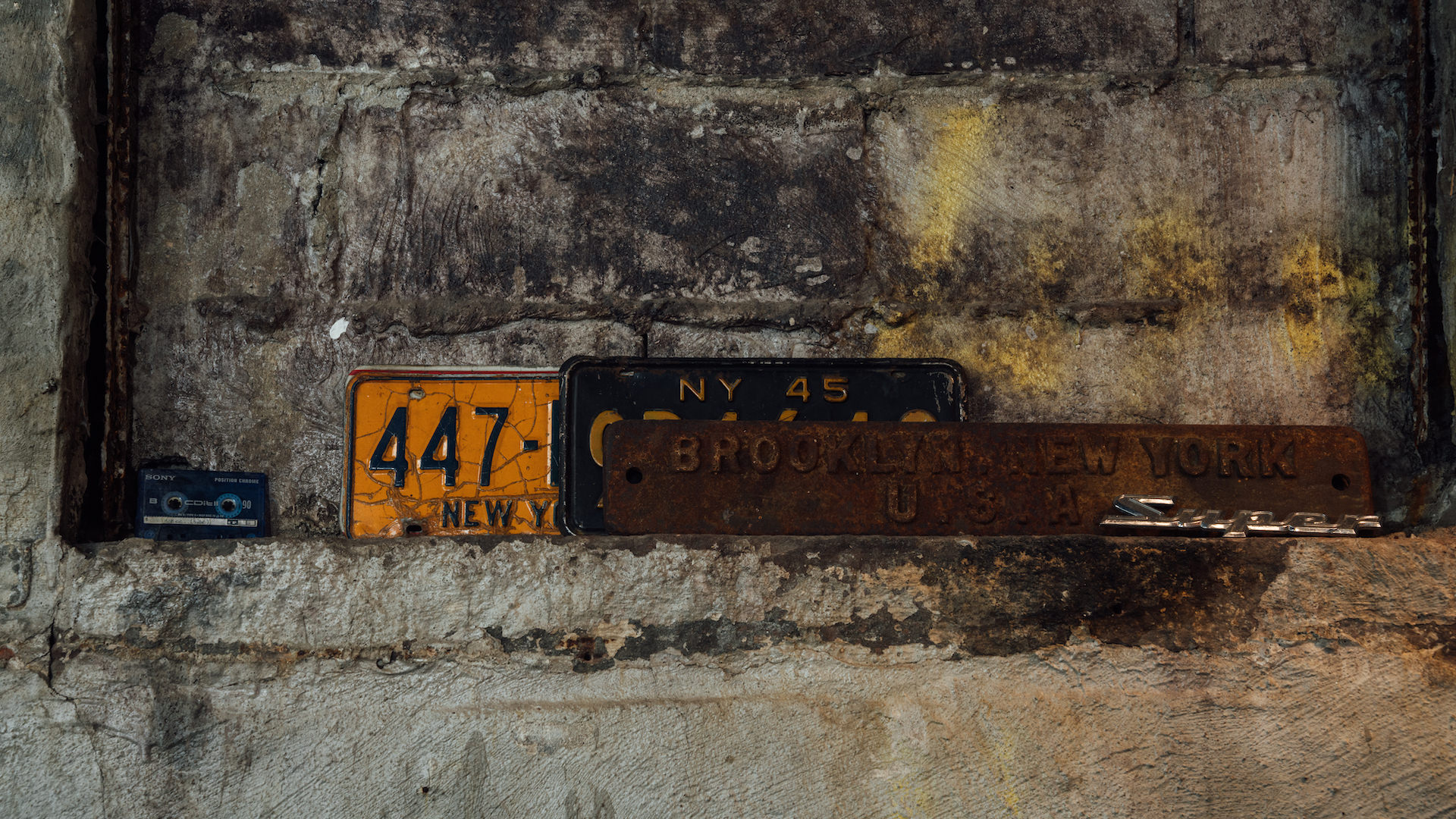
Are they stock VW engines? Those 1.6s are such easily modified platforms.
Yeah, stock, but dual-carbureted.The value in this yellow SP2 is that it’s so original. They’re not race cars, but they’re super lightweight – so you can really drive them in a spirited way. We actually made a little documentary when we went to pick them up from the port. After we bought the Puma, they were like “For the same price, you could put three cars in the same container.” So we ended up getting a yellow convertible Puma too, which a friend of mine bought immediately. I was like “Hey man, do you wanna go on this crazy adventure with us?” So I had a filmmaker follow us because it was such a great story and the idea was it’d be this fun thing where we pick up the cars and drive them, and we went to one of those Brazilian restaurants where you eat meat off of a sword in Newark, New Jersey. But what ended up happening was a day of car problems, near-death experiences, and trying to drive these cars in the winter at night while it was freezing. It was a nightmare.
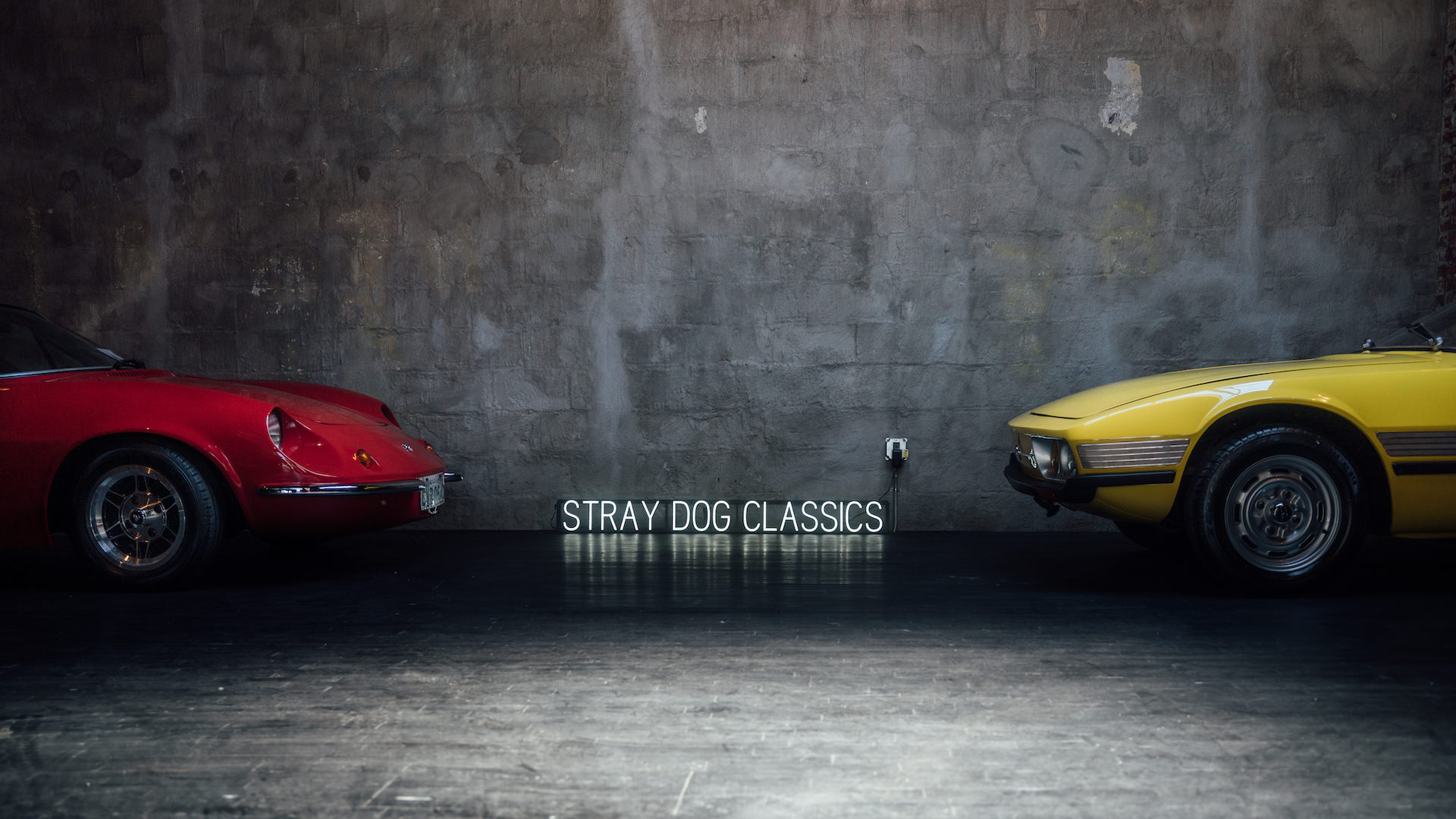
That sounds intense! So you’ve got a lot of orders for the Range Rover Classics and you’ve started offering the Discovery 300 TDIs, what do you see next for Stray Dog?
The Discoveries are the newest thing for us, so I see potential there. There’s some other obscure cars in Europe that I’m thinking about. Not to be too corny here, but I really am after the “stray dogs” of the classic car world. I like the forgotten and weird ones – you know? Things that we sort of saved. I couldn’t have my Porsche originally – though I did finally get my hands on a 911 after a bunch of trading – but that’s why I sort of went in this direction and ended up with obscurities and I’m glad I did!
Visit Stray Dog Classics online at https://straydogclassics.com/ and on Instagram at @straydogclassics
Photography by Cooper Naitove

Check out 'Reference Tracks' our Spotify playlist. We’ll take you through what’s been spinning on the black circle at the C + T offices.

Never miss a watch. Get push notifications for new items and content as well as exclusive access to app only product launches.
Sign up for our newsletter to receive updates and exclusive offers